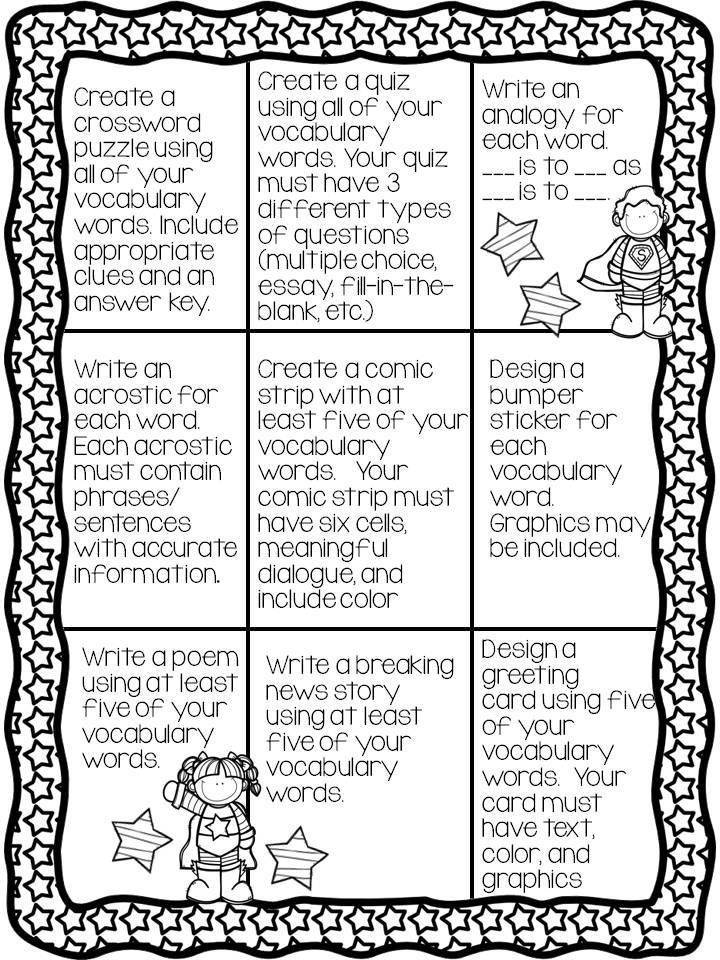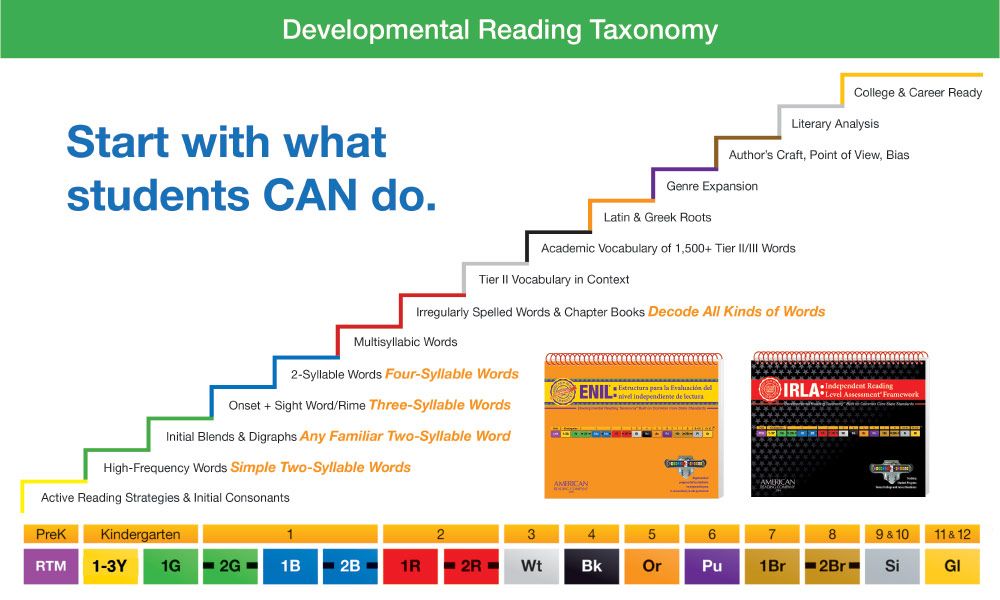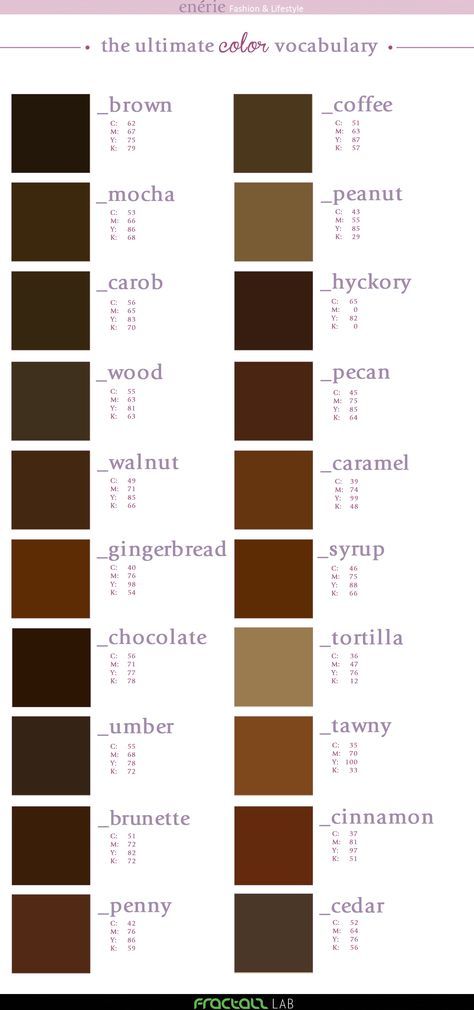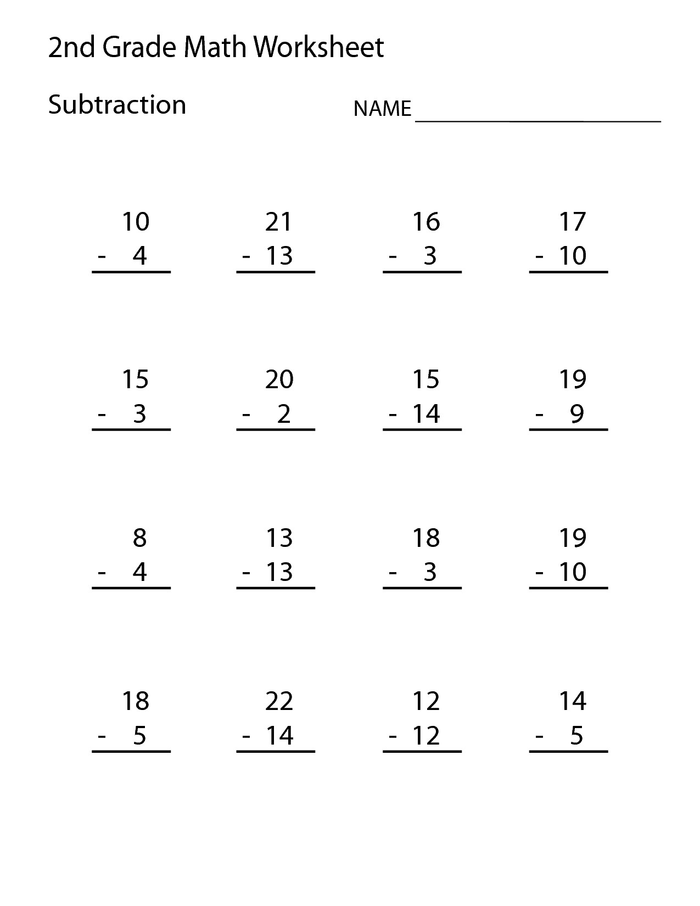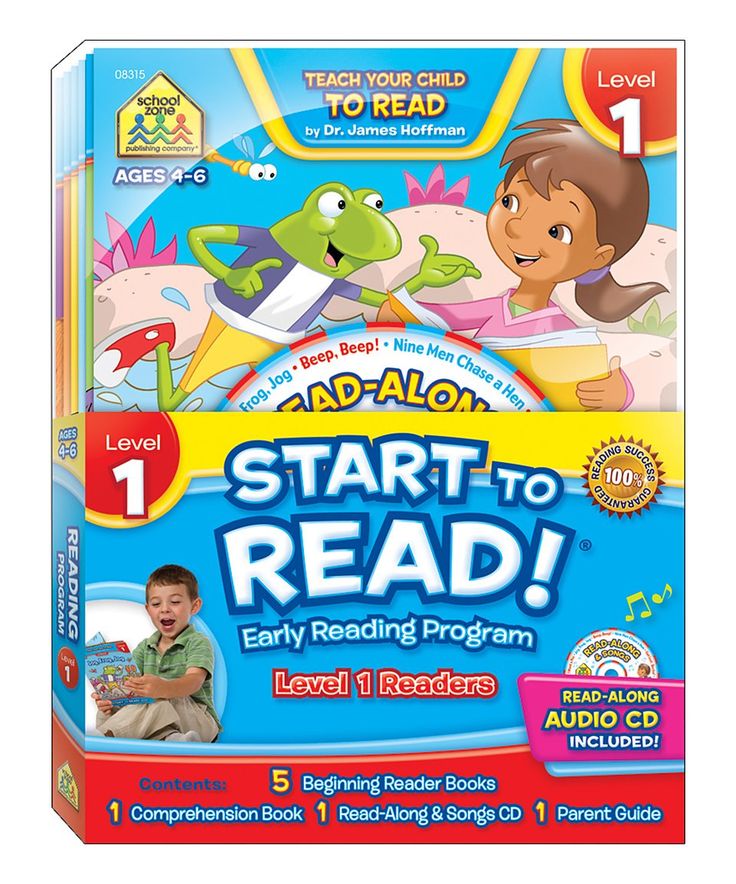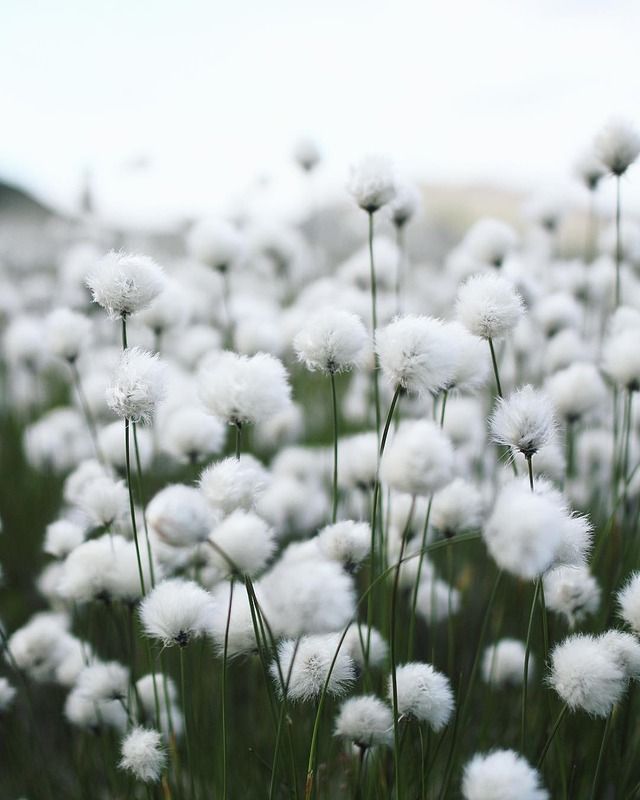Fraction activity for first grade
Fraction activities, games, and read alouds for 1st and 2nd grade
Happy Tuesday! I know many of you are on Spring Break this week but I wanted to share several fraction activities and games that are great for 1st grade and 2nd grade. There are lots of fun ones that will help amp up the engagement during your fraction unit. Our state standard focuses on fractions of a whole – not of a set.
Alrighty, let’s start planning!
FRACTION ACTIVITIES AND GAMES
For years now I’ve used sticky notes to introduce fractions and partitioning shapes in 1st grade. Over the years I collected sticky notes in various shapes and sizes…anytime I’m out and about and see unique shapes, I throw ’em in the cart. Amazon is also a great place to find lots of sticky notes. I have this pack and they’re great.
I always start off introducing equal and unequal when partitioning the different shapes. These anchor charts are easy to make and kids love them. I gave each student a sticky note and let them add it to the chart under the correct category – this is a great way to get lots of discussion and thinking going. Of course relating this to sharing food is a great way to connect to the real world.
Sticky notes are also great for students to use to fold, draw, and cut the shapes into various fractions. This Book of Fractions is a great activity to hold all their sticky note shapes.
Here are a few other fraction activities and games for partitioning shapes to create different fractions.
Spin and Make can be used in partners, independently, stations, or as a whole group. If using it as a whole group, simply project the activity onto your white board and use a magnetic spinner on the board. These are my favorite; I’ve used them for years. To play, students spin the spinner, create the shape they land on and partition it into the corresponding amount of pieces.
For Fraction Wreaths, students color in the circles to create their own fractions.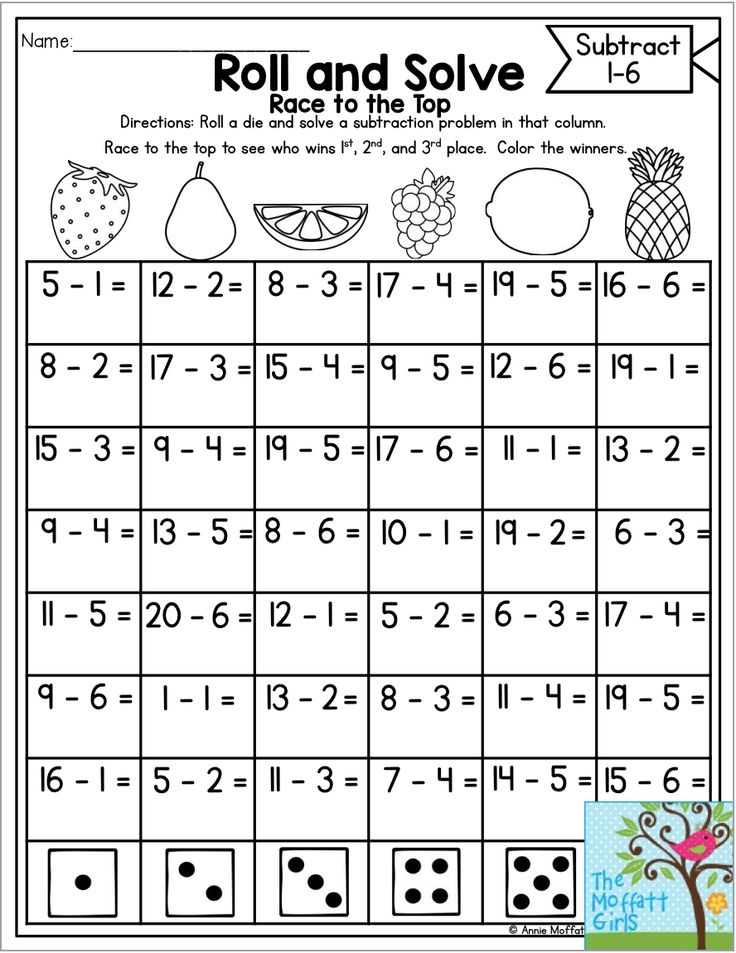 Afterwards, they write the fraction in word form and/or number form. The colors of the wreath can be changed out to match the season….Christmas could be red bow and green strips…fall could be brown bow and yellow strips, etc. The wreath is a paper plate with the middle cut out. Easy peasy!
Afterwards, they write the fraction in word form and/or number form. The colors of the wreath can be changed out to match the season….Christmas could be red bow and green strips…fall could be brown bow and yellow strips, etc. The wreath is a paper plate with the middle cut out. Easy peasy!
Next up is a class favorite from a few years ago. We played this with place value (see here) and lemme’ just tell ya’…it was a HIT! Loads of fun, meaningful, easy prep, peer collaboration…talk about engagement!
To play: group your students in table groups (this could be played independently but peer collaboration is my favorite!) and give each group a fraction card and several sticky notes. I like to give each table group a different color – this makes it easy to quickly see which table group is having trouble with the skill, etc.
Hang the different fraction posters around the room (square model, circle model, rectangle model, word form, numerator, denominator)…
Students will work together as a table group to represent the fraction on their card in the various forms that are on the posters.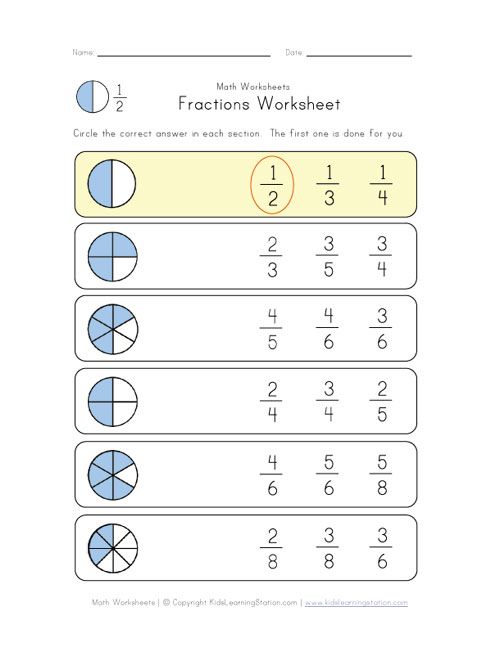 After they have it the form of their fraction on their sticky note, they stick it to the correct poster. Y’all! They love it! It’s such a fun fraction game! Plus, it helps the different forms of fractions and ways that fractions are represented, STICK.
After they have it the form of their fraction on their sticky note, they stick it to the correct poster. Y’all! They love it! It’s such a fun fraction game! Plus, it helps the different forms of fractions and ways that fractions are represented, STICK.
Spin It is another fraction game that is a blast. This is projected onto your whiteboard and used with a magnetic spinner. There are several different Spin It slides available here. To play: students (or you) spin the spinner, and students write the word form on their desks with an expo marker….or they could verbally tell you the fraction. You can play in table teams and make it a race to write the correct fraction first. My class always liked to play Spin It in table groups.
Flip and Share is a partner game where students take turns flipping over two cards and comparing them.
Tic-Tac-Find is another fun partner game to practice reading and identifying fractions.
Fraction Walk is a “Write the Room” activity and Read, Match, Scoot is played like the classic game of Scoot.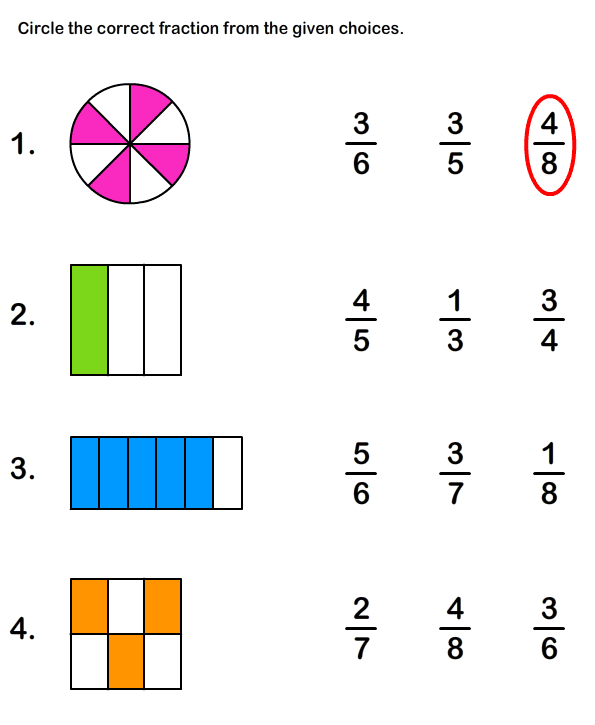 I love using these type of activities for assessments.
I love using these type of activities for assessments.
I love this craftivity and hativitiy to wrap up the fraction unit!
And because you gotta get those grades in…Fraction Match Up sort and these Flip Books work well for informal assessments!!
There are several other flip book options here.
Whew. That was a lot, but I hope these activities will create engagement in your classroom and make learning about fraction fun for you and your students!
You can find all these activities here or Pin the picture below to your Pinterest board.
Oh and here are few old fraction freebies.
Before I go, I’ve rounded up some fraction read alouds for you. These are available on Amazon (affiliate links included), but you could definitely check your school or local library to see if they have them.
A Fraction’s Goal – Parts of a Whole
Fraction Fun
Full House: An Invitation to Fractions
Fractions in Disguise
Fraction Action
Give Me Half
If I were a Fraction
Twinderlla, A Fractioned Fairy Tale
Peg and Cat: The Pizza Problem
Miss Giraffe's Class: Fractions in First Grade
I know I seem to say this about every math concept I blog about but I LOVE FRACTIONS.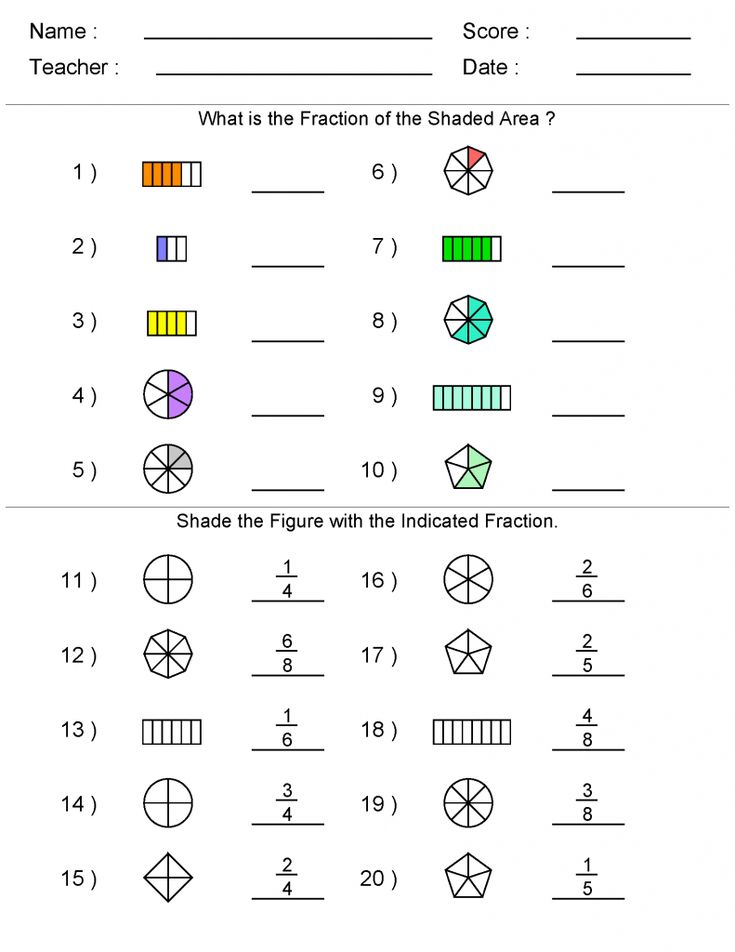
Well, the first grade version of fractions :)
It's weird to even hear myself say it because I struggled, and I mean struggled, with fractions in school. I was a good test taker though so I always flew under the radar with my teachers but I remember just looking at them like What is this?!
SO I think it is really important to build those fraction foundations so your students don't end up staring at fractions the way I did!
I think the first concept in fractions to teach is EQUAL PARTS, or EQUAL SHARES.
See those funky shapes with unequal parts on the right?? We call those "nutty shapes"!
Our job is to help our squirrel friend find the nutty shapes with unequal parts so we sorted the shapes by whether they had equal parts or unequal parts.
Then some practice!
Once your students understand that fractions have equal parts, I recommend having them partition fractions themselves! The most fun way to do this, in my opinion, is with dough!
In small groups, give each student a ball of dough.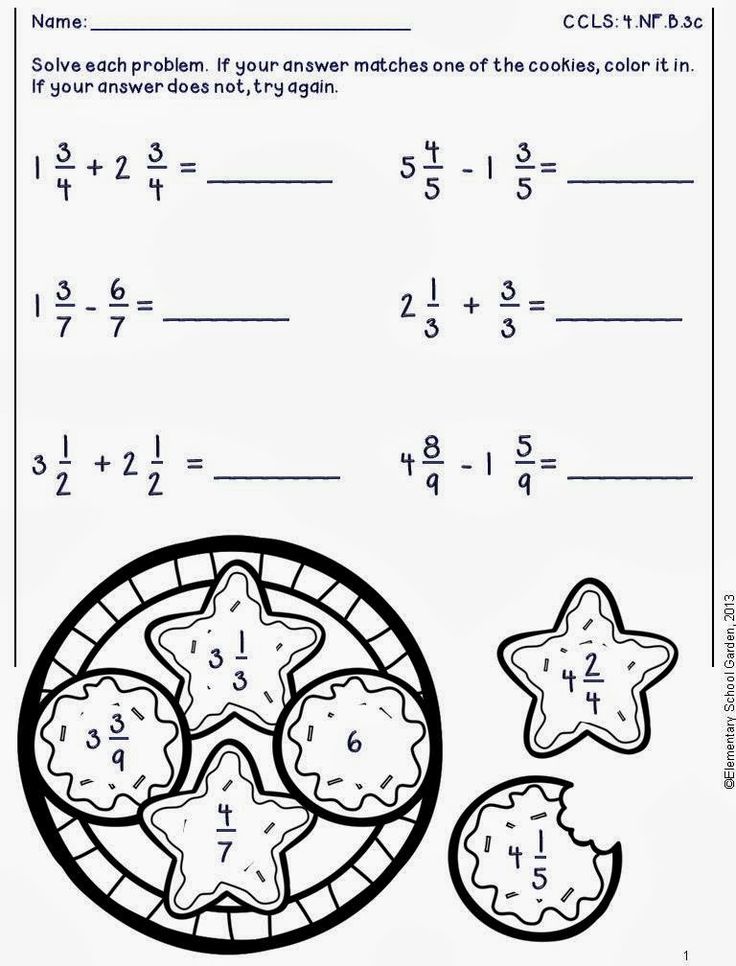 Provide a rolling pin for them to roll their balls flat and some circle cookie cutters to cut out circles. If you don't have rolling pins, you can use pretty much anything - even a highlighter - or they can just smash it down with their hands. If you don't have circle cookie cutters, you can use anything with a circle base. Turn a plastic cup upside down and press it in. Can you tell I improvise a lot?? :)
Provide a rolling pin for them to roll their balls flat and some circle cookie cutters to cut out circles. If you don't have rolling pins, you can use pretty much anything - even a highlighter - or they can just smash it down with their hands. If you don't have circle cookie cutters, you can use anything with a circle base. Turn a plastic cup upside down and press it in. Can you tell I improvise a lot?? :)
This activity is not only super fun but it promotes SO much good conversation and thinking.
Guide your students by having them cut one of their circles in half. Talk about how each of the 2 shares is a half and together they're called halves. Then have them cut their other circle into half.. and then half again. Let them know these are called fourths because there are four equal parts. As they're looking at their halves and fourths side by side, ask them if they notice anything. Discuss how the more shares you cut it into, the smaller the shares get. You could also cut your circle in an unequal way and ask if it's cut into halves/fourths/whatever and help them see that the shares must be equal to be called halves/fourths/etc.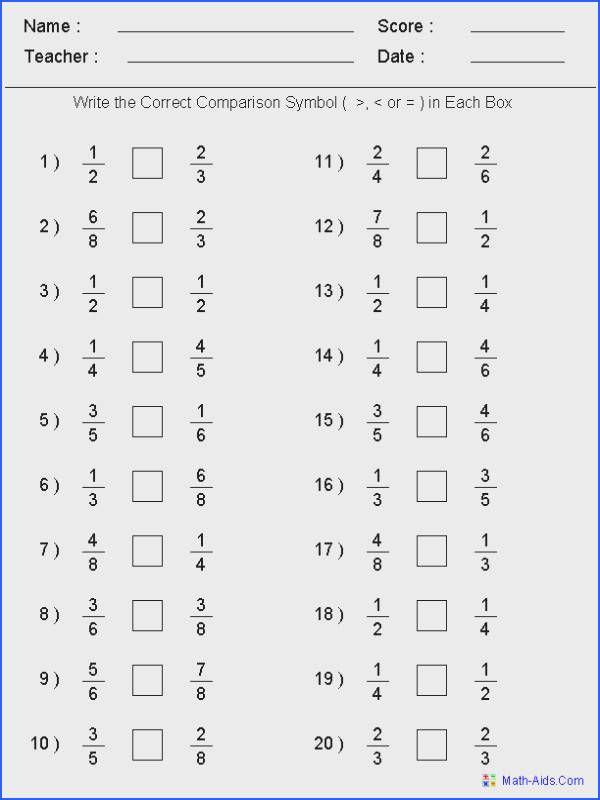 There are so many great concepts you can teach with the dough out! I also made a cute little recording sheet to go along with it so they can write about what they learned during/after their exploration.
There are so many great concepts you can teach with the dough out! I also made a cute little recording sheet to go along with it so they can write about what they learned during/after their exploration.
For more halves, fourths, etc. practice, I made practice sheets in different difficulty levels.
One of the types of worksheets I made were these sheets that focus on a specific type of fraction (cut into halves, thirds, fourths, or eighths).
I love these because they practice several skills at once but for each type of fraction so it's not too confusing or overwhelming.
If you need something a little easier, this is a great worksheet to do first to review what halves, thirds, and fourths are:
And of course some cutting and pasting action because I love having them for every math concept ever because kids love it and it is great, self-checking practice.
I've said this before but...
According to 5 and 6 years olds:
Math Worksheet = Math.
Math Worksheet + Cutting/Gluing = Party.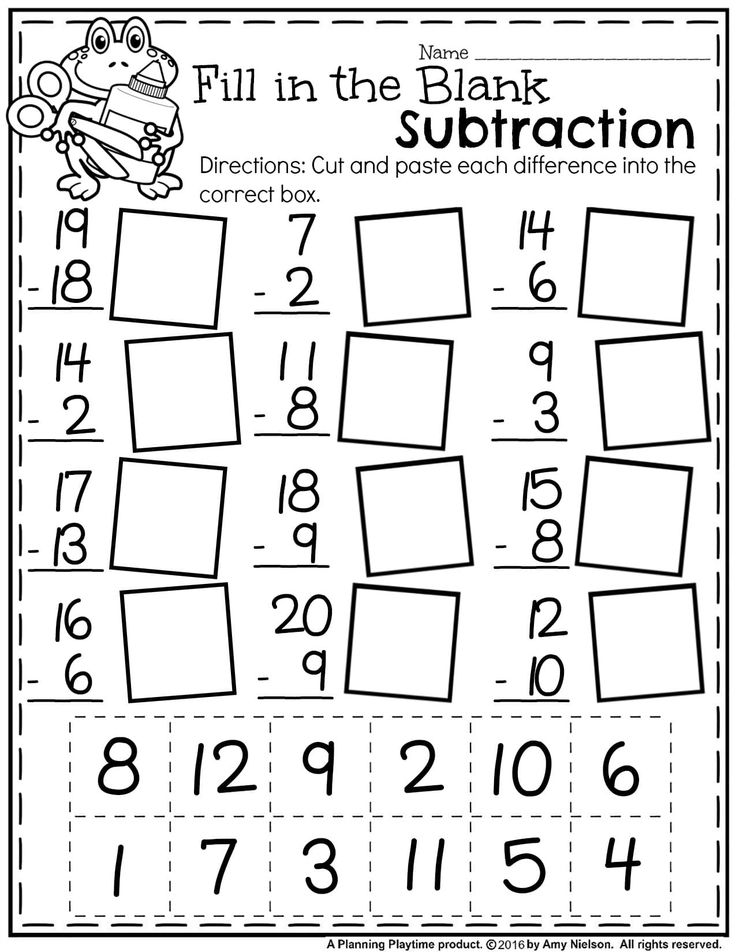
:)
and a little coloring action too because who doesn't love coloring?!
Once you think they've got it down, I recommend busting out the Fraction Flowers!!
I included this activity in a bunch of different ways because I love it so much. You can use it as a craft, a math puzzle/center, or hang the flowers up as a poster or visual aid.
The craft makes a super duper cute bulletin board!
I love the way ours turned out! Sorry for the #notsohumblebrag but I can't help it - I love, love them and they were a lot of fun to make!
Can someone help me think of a cute bulletin board title? "Come see what we're growing in our Fraction Garden!" "Our Fraction Garden is Blooming" ... I can't figure out exactly what I want it to say :)
For this math craft, we sorted the HALF OF fractions and FOURTH OF fractions. I also include WHOLE, THIRD OF, and EIGHTH OF.
It's differentiated as well so you can choose how much to challenge your students. Each flower comes in both full color and black & white.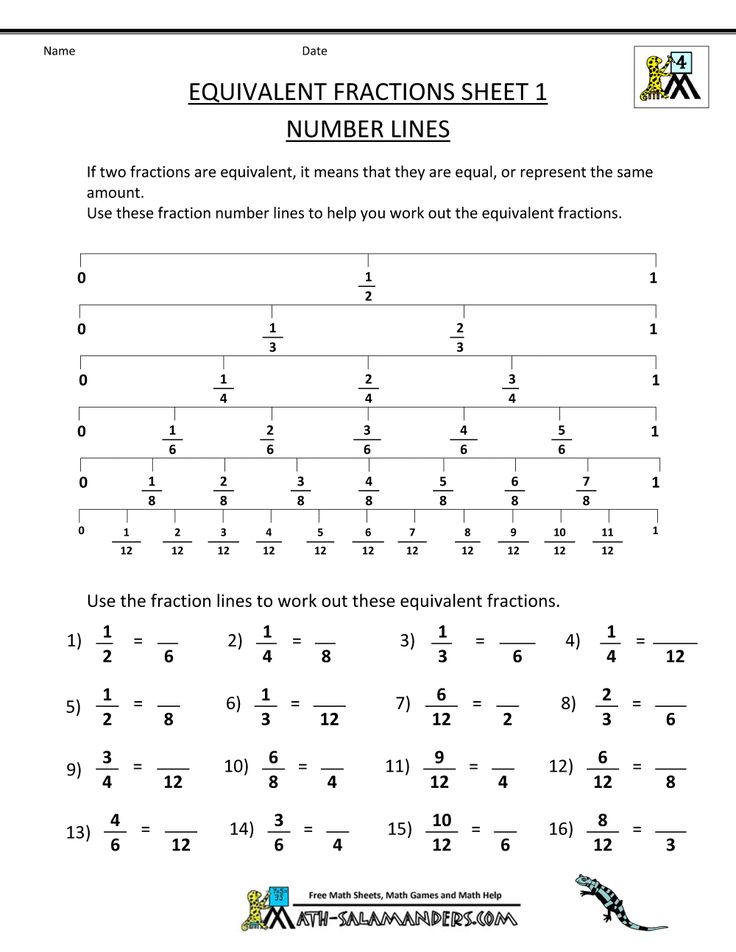 Each of those options also comes in pre-made (where the flower is already put together as a pretty flower like you see above) OR mixed up in pieces for students to sort and build their own flowers.
Each of those options also comes in pre-made (where the flower is already put together as a pretty flower like you see above) OR mixed up in pieces for students to sort and build their own flowers.
For the craft, I just printed the premade black and white flowers so all you had to do is color in the fraction either half of or fourth of, color the rest of your flower, and then cut and glue it to the construction paper.
What I recommend if your students are up for the challenge (or you have a select few that are) and you have the time, have them sort the petals to the right flower first! It's an awesome sorting activity that adds even more learning to the craft. Print the 'mixed up in pieces' black and white version for students to SORT FIRST to build their flowers. They'll put the petals with the right flowers and arrange them to build their flowers. It might not be as "perfect" looking for your bulletin board as the above example but it'll be authentic and awesome! (I used to always want bulletin boards to be perfect examples of perfect work and I finally realized that was silly and it was the imperfections and differences that made them authentic and beautiful examples of work - random weird philosophical thought, sorry! :))
The mixed up pieces color version is a review center for next week!
Students sort the petals to the right fraction and then copy what they match onto their recording sheet.
For the premade color ones, I printed and laminated them to use as a visual.
Right now, they're on my table as a reference tool but I'm going to cut them out and hang them up as a classroom poster display soon.
Being able to partition the fractions into halves and fourths themselves is a big concept in first grade so that's important to practice! I made worksheets to practice but this one (the easy level - A) is good to throw in a pocket protector with dry erase markers to practice in small groups when introducing it. Encourage your kiddos to find multiple ways to divide the circle/square into halves/fourths/thirds/whatever.
Once you feel like they really get the fundamental concepts, you can move into the number representation of fractions. I know a lot of first grade teachers are told not to do it but I personally think that once you lay down the basics, they're very capable. If you're saying "1 out of 3" shares, they might as well know the representation. BUT if you disagree, that's fine! I created some very simple straightforward worksheets and centers to practice it for those who want to venture into the fraction abyss.
BUT if you disagree, that's fine! I created some very simple straightforward worksheets and centers to practice it for those who want to venture into the fraction abyss.
I think a great way to help kids understand it is to write "out of" on the line that separates the numerator and denominator and teach them to read down to "read" the fraction. It really helps them get what the fraction means, but most importantly, they won't mix up the numerator and denominator if they know what the written expression for the fraction actually means. For example, the circle has 3 out of 4 pieces colored so that is how they would read it starting at the 3 and going down: "3 out of 4". Here is what I mean:
Puzzles obviously because I would make puzzles of puzzles if I could :)
And what else?? Cut and pasting fun! Always <3
Thank you for listening to me share some of my ideas for teaching fractions. I hope you got some new ideas!
If you want the activities from this post, they're ALL included in my:
First Grade Math Unit 18
along with A LOT more worksheets, centers, cutting and pasting activities, and assessments!
Unit 18 is also included in the First Grade Math Units 10-18 Bundle if you want all of the second half of my first grade math units :)
Okay one more thing I want to share with you that I love.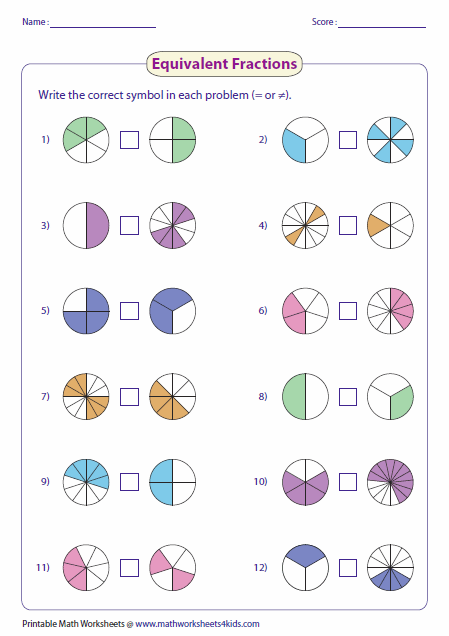 ....
....
FRACTION BOWLING!!!
I scored this adorable little bowling set at Target for only $7 over the weekend and I'm so excited to use it. You can find 10-piece bowling sets in a lot of places so if you can't find this at Target, I'm sure you can find one online pretty easily. It comes with 10 plastic bowling pins and 2 little plastic balls.
So the way to play Fraction Bowling is to set up all the pins. (It comes with a mat that shows exactly where to set the pins to make it easy for kids to set up but I set it up without it because it's cuter for the picture, not gonna lie :))
Have students take turns rolling the ball to the pins to try and knock them down. I recommend letting them roll it twice just like with regular bowling so they don't completely miss on their turn and get upset. There are 2 balls.. an orange ball and a purple ball so they could get both balls to start and roll each.
At the end of their turn, they go to their recording sheet and color in how many pins they knocked down out of the 10 pins on the worksheet.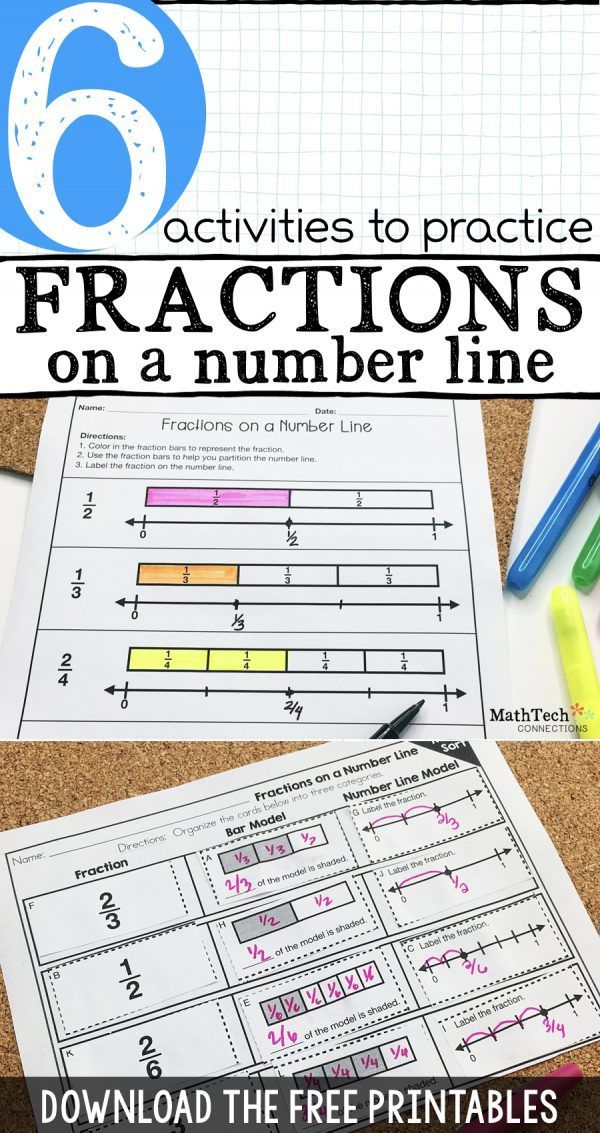 Then, they write the fraction they made. So if they knocked down 4 pins, they'd color in 4 of the pins on their recording sheet and write 4/10 next to it. You can skip the writing the fraction part if your kids aren't ready for it. Just the 4 out of 10 is great practice anyway! Or if you want to make it harder for your super high kids, make them make a fraction of ALL the pins once they're all done (ex: 36/60 pins total).
Then, they write the fraction they made. So if they knocked down 4 pins, they'd color in 4 of the pins on their recording sheet and write 4/10 next to it. You can skip the writing the fraction part if your kids aren't ready for it. Just the 4 out of 10 is great practice anyway! Or if you want to make it harder for your super high kids, make them make a fraction of ALL the pins once they're all done (ex: 36/60 pins total).
I made a simple little recording sheet to go with it that you can download for free by clicking here:
Fractions Bowling
:)
If you want to save these ideas for later on Pinterest, feel free to pin this or any other picture from this post:
Fractional mesotherapy, as a result, the treated surfaces are smoothed, acquire a velvety, young and healthy appearance. Manipulations help to eliminate problems on the face, body, scalp.
Fractional mesotherapy: a powerful cosmetic procedure
One of the most popular cosmetic procedures today is fractional mesotherapy.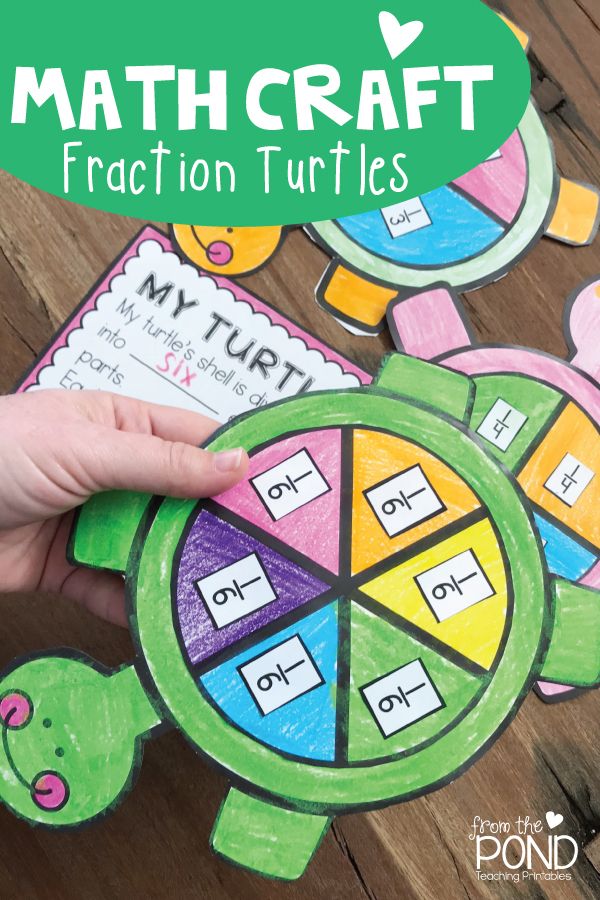
With its help, you can quickly renew skin cells using the body's internal resources.
As a result, the treated surfaces are smoothed, velvety, young and healthy looking. Manipulations help to eliminate problems on the face, body, scalp.
Fractional mesotherapy: features of the procedure
Fractional mesotherapy is the subcutaneous administration of special useful components using microinjections. Compared to the standard procedure, fractional injections are performed in certain areas, while the surrounding tissues are not affected.
In addition, a special apparatus is used for the procedure, rather than the usual syringes and needles.
The technique involves multiple impacts in the treated area, therefore it is part of numerous medical and cosmetic procedures. The principle of operation allows to increase efficiency and reduce the level of injuries.
The technique activates cellular activity, is characterized by less pain compared to traditional injection procedures.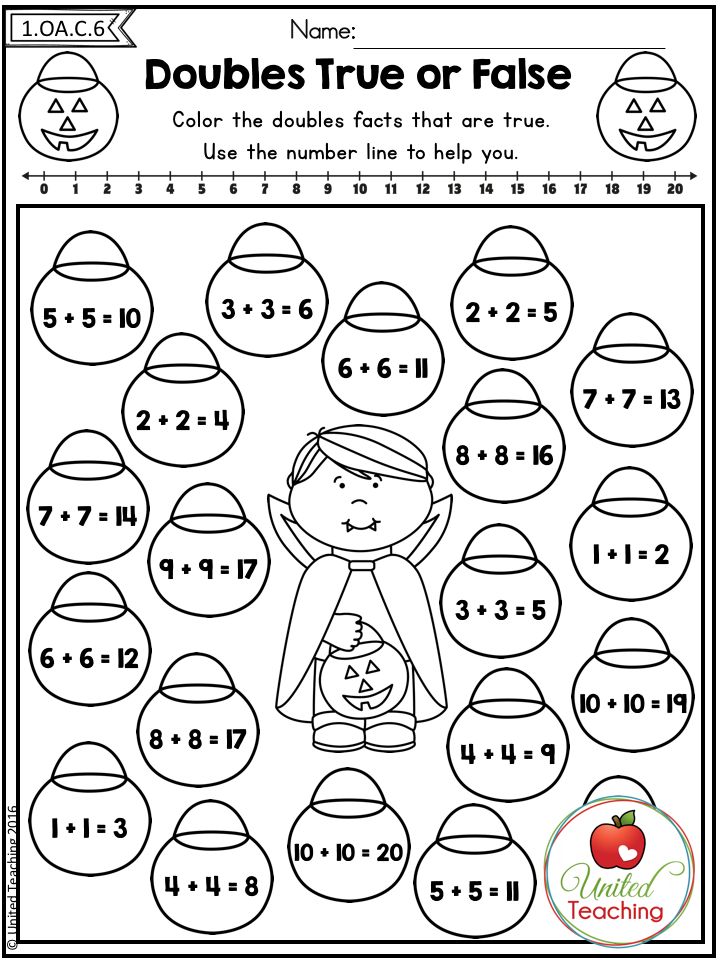
The advantages of fractional mesotherapy include:
- low likelihood of side effects;
- short recovery period;
- adjustable needle insertion depth;
- quick manipulation:
- excellent efficiency and long-term preservation of the achieved results;
- the possibility of combining with other cosmetic procedures.
Indications and contraindications
The main enemy of female beauty is time. Unfortunately, getting rid of the signs of aging is possible only with the help of drastic measures.
The use of the methodology is relevant in the presence of the listed problems.
INDICATIONS
- excessive thinness of the skin;
- facial wrinkles on the forehead and eyelids, nasolabial folds;
- tissue prolapse;
- scars;
- puffiness;
- enlarged pores;
- skin aging;
- increased function of the sebaceous glands;
- age spots, acne, acne;
- unhealthy complexion;
- second chin.
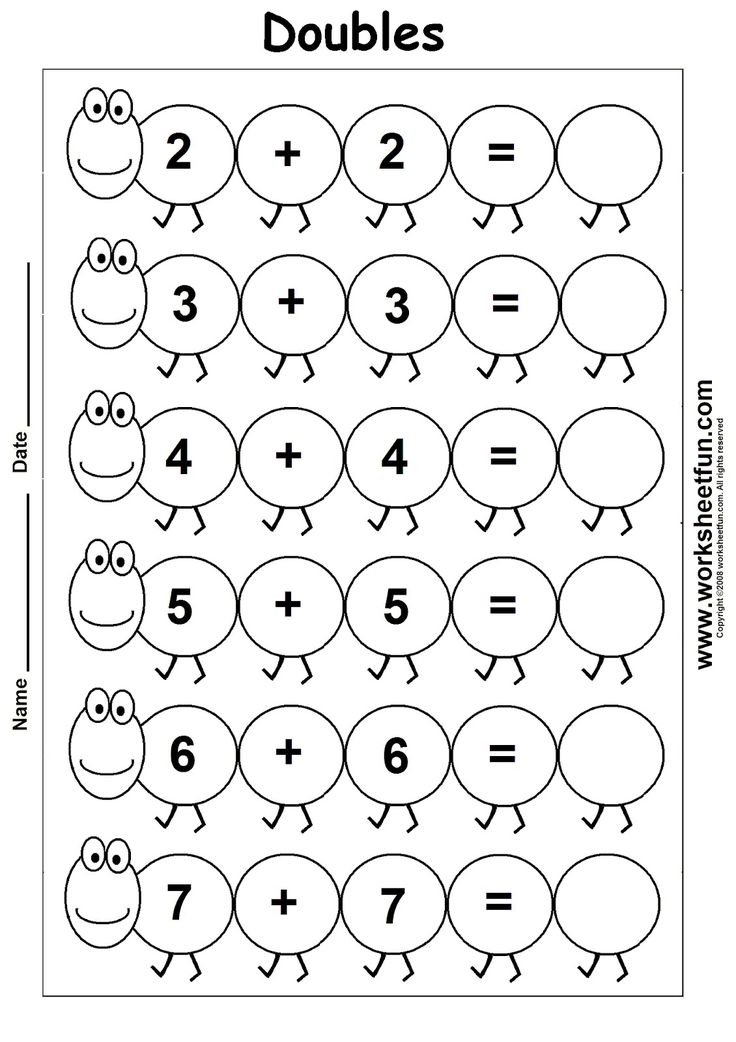
With proper selection of meso-cocktail, specialists can solve various problems of the epidermis. Rutin is used to tone the skin, artichoke extract helps to eliminate puffiness, dilated vessels - ginkgo biloba.
Among the contraindications to the use of fractional mesotherapy, the following factors are noted.
CONTRAINDICATIONS
- infectious, viral, fungal diseases, HIV;
- pathologies of the cardiovascular system;
- dermatitis, psoriasis;
- epilepsy, mental disorders;
- diabetes mellitus;
- peeling and Botox injections less than two weeks before the procedure;
- moles, skin neoplasms in the treatment area;
- bleeding disorders;
- burns, wounds, violations of the integrity of the skin;
- pregnancy and lactation;
- under 18 years of age.
In the presence of oncological diseases of the skin, only a specialist has the right to decide on the appropriateness of the procedure. A strict prohibition applies when the pathology affects the face.
A strict prohibition applies when the pathology affects the face.
You can not do fractional mesotherapy if shortly before the session the patient took corticosteroids, underwent a course of radio or chemotherapy.
Preparations (5 options)
Fractional mesotherapy of facial skin involves the use of special preparations: meso-cocktails. The choice of a suitable tool is handled by a specialist.
The cosmetologist clarifies the features of the skin, evaluates the existing problems, then prescribes the optimal composition or set of components.
Serums are based on the following ingredients:
- Elastin, Collagen . They allow to compensate for the lack of their own substances, increase the regenerative capacity and reduce the depth and number of wrinkles.
- Vitamin C. Strengthens local immunity, improves complexion, regulates the state of cellular structures.
- Hyaluronate. Normalizes the amount of fluid in the skin, tightens tissues.
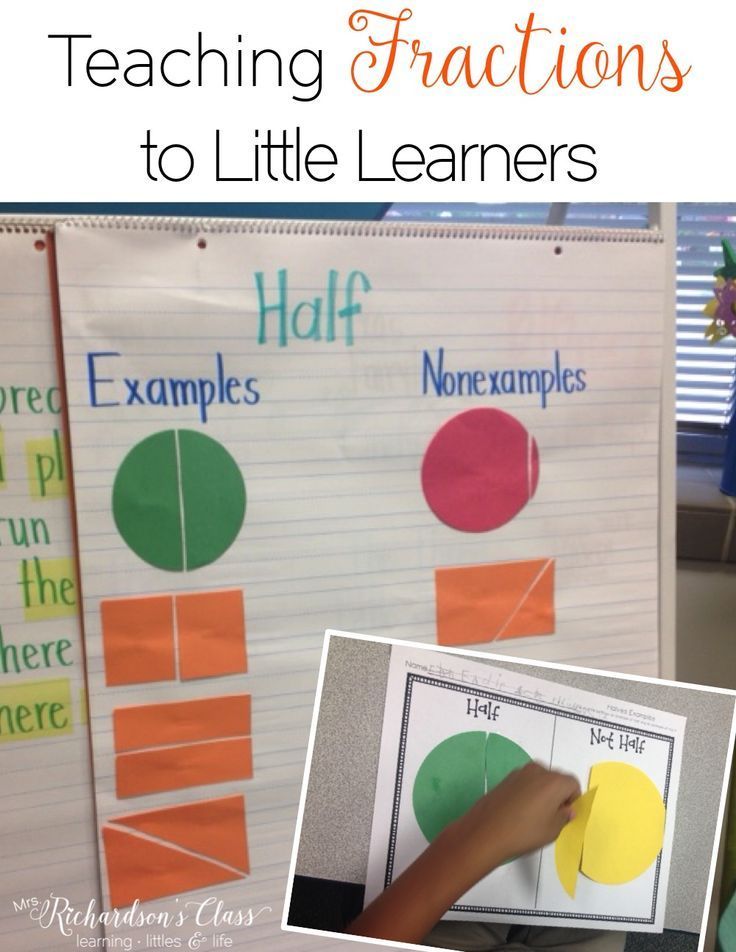
- Complexes of mineral and vitamin substances. Establish metabolic processes, strengthen and nourish the epidermis.
- Lecithin. Breaks down fat cells.
Which machine is used?
The treatment device is completed with cartridges containing 12 to 20 nanosilver coated needles.
Depending on the purpose of the manipulation, the tips can be removed or replaced.
Among modern specialists, Korean-made units are most widely used: Raffine, X-Cure, Dermopen EDR-02.
Features of the procedure (5 stages)
Proper organization of the procedure requires proper preparation. You should first consult with a specialist, identify existing contraindications.
The cosmetologist selects the appropriate serum and treatment method, informs about the necessary restrictions. Two days before the session it is forbidden to:
- take medications that thin the blood;
- smoking;
- drink alcohol.

A healthy lifestyle and the absence of addictions are of great importance. On the day of the procedure, it is recommended to thoroughly cleanse the skin, do not use decorative cosmetics, and do not visit beaches, solariums, and swimming pools.
The depth of the skin puncture varies from case to case. It is about 0.5-4 mm.
It is useful for ladies to know what fractional mesotherapy is. Manipulations include several stages:
- Preparatory actions. The surface of the face is cleaned of impurities and cosmetics. To do this, the skin is wiped with a disinfectant composition, let's say superficial peeling.
- Anesthesia application. For shallow punctures (less than 1 mm) in the chin, cheeks and forehead, pain medication is not required.
- Treatment of problem areas with selected meso-cocktails.
- Exposure to a special device. The depth of the punctures is adjusted by the beautician. The procedure can be used for individual skin areas or for large areas.
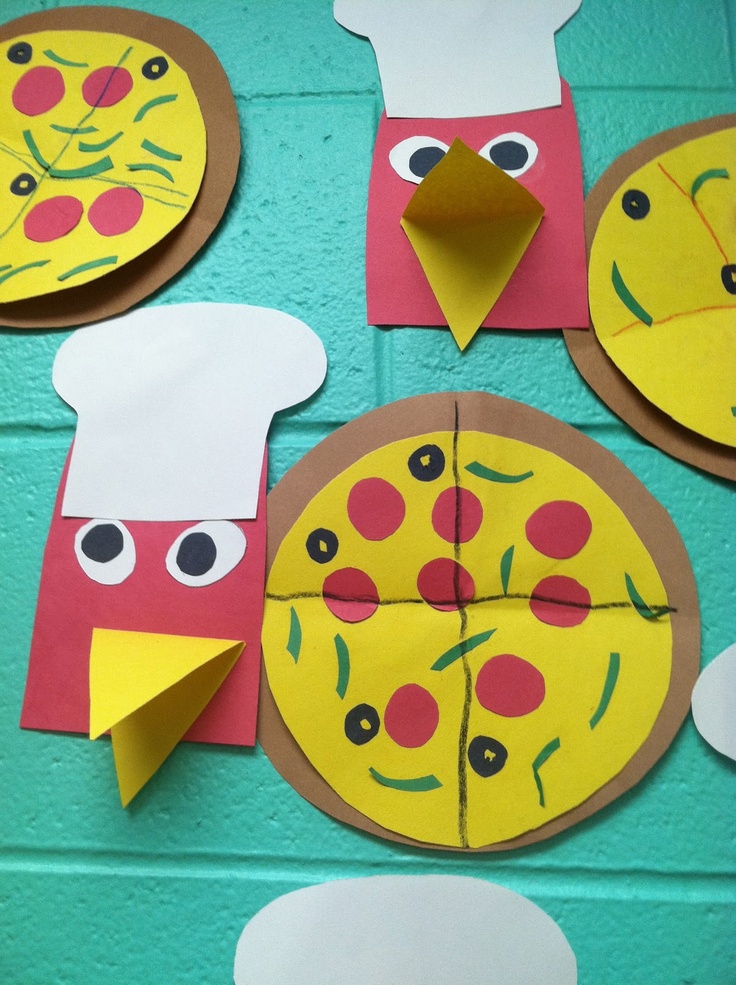
- Calming manipulations. Creams, lotions, masks are applied to the damaged epidermis. In the warm season, products that protect against exposure to ultraviolet rays are used.
Salon treatment takes 20-60 minutes.
It is strictly forbidden to do fractional mesotherapy on your own without having the appropriate experience. Otherwise, adverse effects may occur.
The effect will be maximum only if the work is performed by an experienced craftsman who uses high-quality preparations and modern equipment.
Frequency of sessions
The end result of mesotherapy depends on the quality of the serum used, the skill of the specialist, the regularity of the sessions.
The first positive changes are noticeable after 4 sessions. The young epidermis reacts more actively to sessions, while the mature one, on the contrary, needs more and more frequent repetition of procedures.
In most cases, patients have to visit the beautician's office at least 6 times.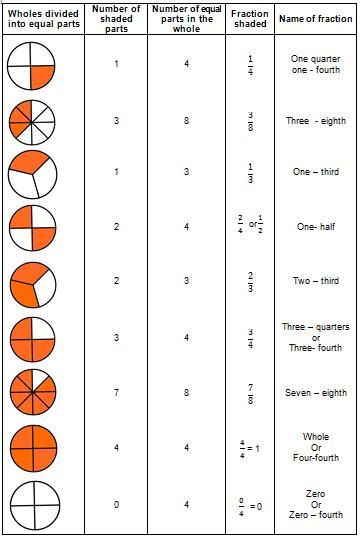 The following scheme of drug administration is optimal:
The following scheme of drug administration is optimal:
- first month – pause;
- 3 months - sessions repeated every 14 days;
- 60 days - pause.
Further procedures are performed monthly. A pronounced effect can be achieved when using a course consisting of 4 to 8 sessions.
The optimal break time is 6 to 8 weeks.
The frequency of fractional mesotherapy depends on the existing skin problems. To carry out a full-fledged treatment, you will have to visit a beautician from 5 to 15 times with an interval of up to 10 days.
Reviews of fractional facial mesotherapy indicate that the achieved positive result is maintained throughout the year.
Experienced specialists closely monitor the emerging changes in the skin condition, if necessary, adjust the frequency of sessions.
Do not do too many procedures, this will not give a positive result, because it will take some time to restore the epidermis.
Rehabilitation care
The recovery of the epidermis will take some time.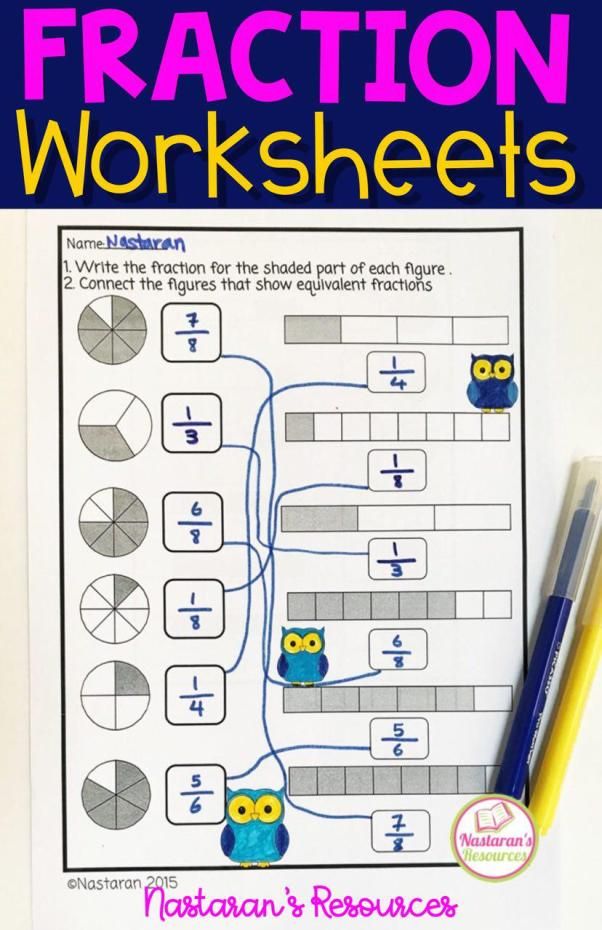 Knowing what it is - fractional mesotherapy, we can conclude that there is minimal trauma to the skin.
Knowing what it is - fractional mesotherapy, we can conclude that there is minimal trauma to the skin.
It is for this reason that complex maintenance is not required. In the first 2-4 days, it is important to protect the face and scalp from the negative effects of sunlight.
Rehabilitation is faster if the following recommendations are followed:
- you should stop using foundation creams and other decorative cosmetics;
once again do not touch the treated area with your hands; - do not visit baths, saunas, do not take hot showers, since an increase in temperature may lead to the removal of therapeutic compounds;
- it is forbidden to swim, sunbathe in a natural way and in a solarium, this threatens to worsen the condition of the epidermis;
- do not use masks with a warming effect;
- it is recommended to stop smoking, alcohol, strong coffee, which can lead to bruising;
- should avoid high physical exertion, which leads to the formation of edema.
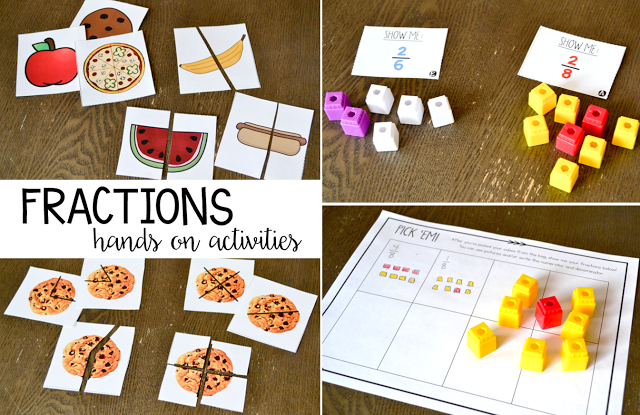
During the first couple of days after the procedure, washing with warm water is acceptable, the liquid is carefully blotted with a soft towel.
In case of bruising and swelling, the skin is rubbed with ice cubes, lubricated with Panthenol or Bepanthen. Hematomas go away in about 7 days.
Fractional mesotherapy has its advantages. With its help, it is really possible to achieve a good result. But a specialist should conduct the session.
In addition, you need to understand that one procedure is not enough. The patient must complete the full course.
Subscribe to our Telegram channel !
The Soviet Union in the 1920s-1930s: History of Russia. Test papers. Grade 10
CHECK No. 1
OPTION 1
1. Arrange the events in chronological order.
1) the adoption at the XIV Congress of the CPSU(b) of the course towards the industrialization of the country
2) the signing of the Munich Agreement ("Munich Agreement")
3) the anti-Bolshevik speech of the sailors of Kronstadt
Write down the resulting sequence of letters.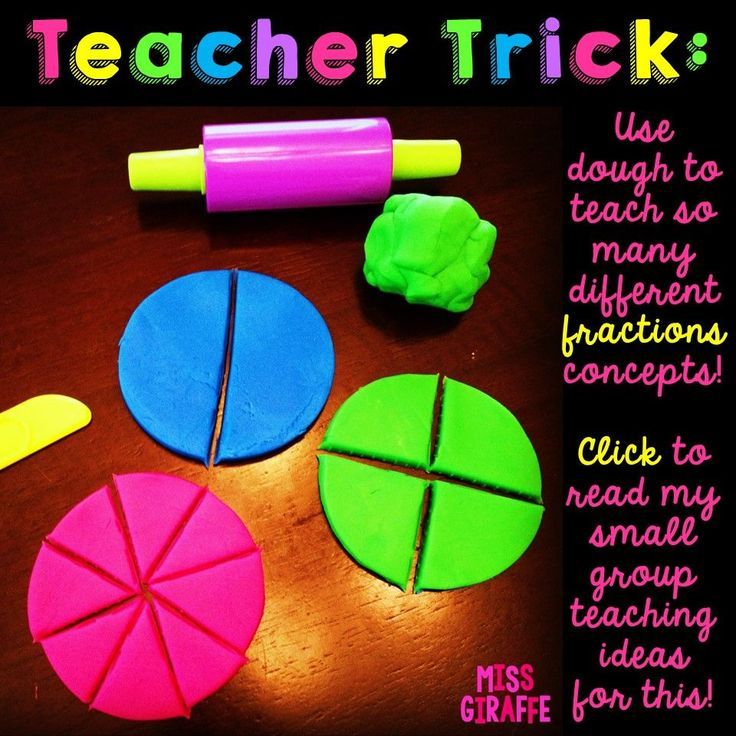
2. Match events and years.
EVENTS
A) start of financial reform G.Ya. Sokolnikova
B) publication of an article by I.V. Stalin "Dizziness from success"
B) conflict with Japan in the area of the Khalkhin-Gol river
D) death of V.I. Lenin
YEARS
1) 1920
2) 1922
3) 1924
4) 1930
5) 1935
6) 1939
Write down the numbers corresponding to the selected answers.
3. Establish a correspondence between events (processes, phenomena) and participants in these events (processes, phenomena).
EVENTS (PROCESSES, PHENOMENA)
A) publication of the collection of articles "Change of milestones"
B) management of the State Planning Committee of the USSR
C) participation in the "new opposition"
activities as People's Commissar of Internal Affairs0005
MEMBERS
1) G.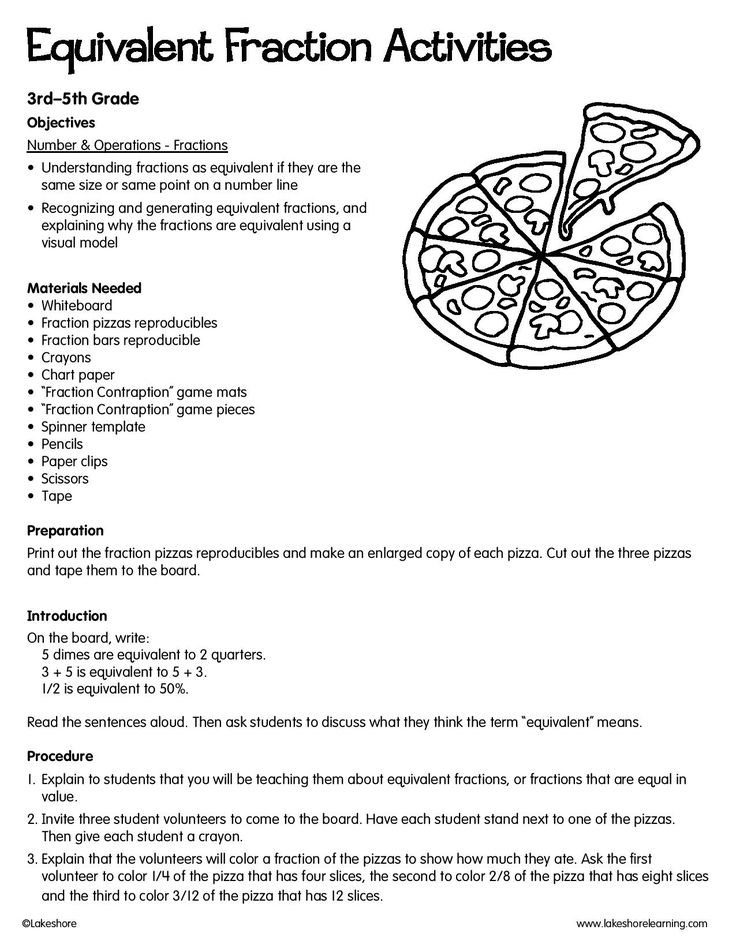 E. Zinoviev
E. Zinoviev
2) V.M. Molotov
3) M.I. Kalinin
4) G.G. Yagoda
5) N.V. Ustryalov
6) G.M. Krzhizhanovsky
Write down the numbers corresponding to the selected answers.
4. Read the extract from the villager's letter and choose three correct statements.
If Com. Stalin appeared incognito himself at the collective farm and would ask the collective farmers heart to heart why, they say, you entered the collective farm, almost everyone would answer that, they say, for many reasons: 1) seize the land where I like it, 2) leave society for collective farm, where I could be more free and less taxed; 3) on the collective farm we were promised all kinds of benefits and assistance. To the question: after all, according to the charter, the public cultivation of land and property should be common - he will answer - yes! According to the charter, this is so, but we all conduct public processing only for appearances and only under pressure, and when China comes, all this will burst and the property will remain with us.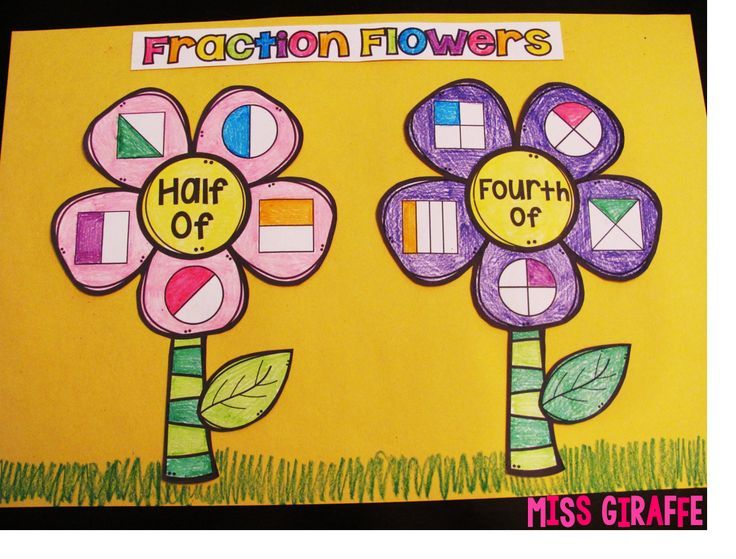 Here is the secret ideology of the collective farmer - this is property.
Here is the secret ideology of the collective farmer - this is property.
In the Botkinsky district of the Sarapulsky district, local organizations, in particular the chairman of the city council comrade. Marinin and several others like him became obsessed with dispossession and confiscation of property. A large percentage were dispossessed of members of the union, factory workers, families of Red Army soldiers and the Red Army soldiers themselves. All this happened in front of the local prosecutor and the party organization. The head of all these stupid tricks, Marinin, has not been punished to this day, but on the contrary, he was sent from the city council to work on collective farms ...
1) During the period when the events described in the letter took place, the political figure mentioned in the passage held the post of chairman of the Council of People's Commissars of the USSR.
2) The author writes that he was driven to the collective farm by force.
3) The author mentions a country that, at the time this letter was written, owned the southern part of Sakhalin.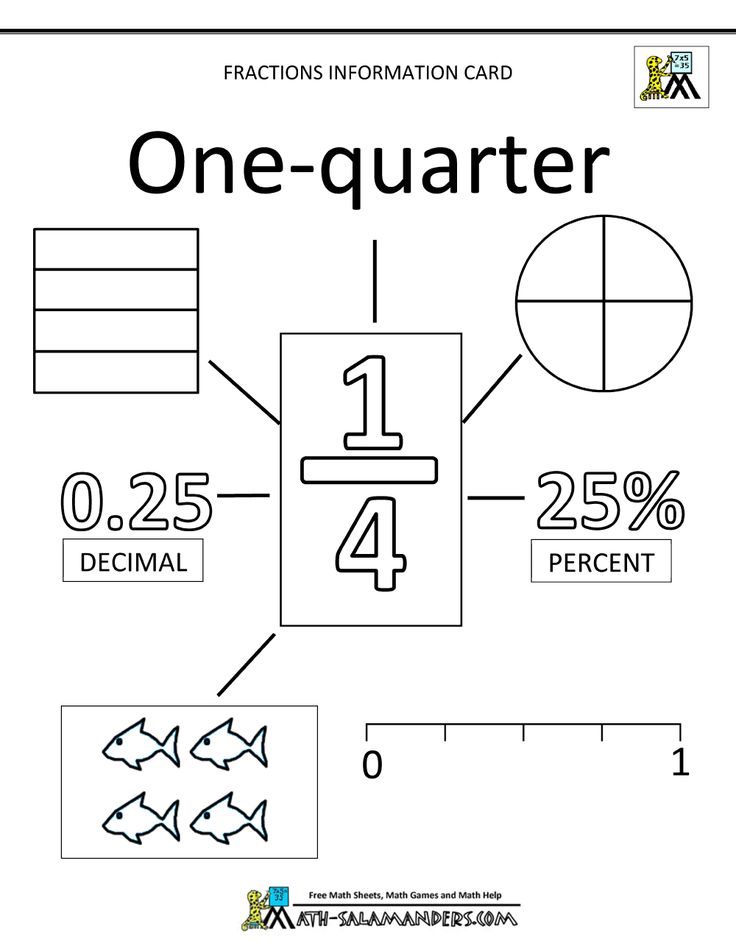
4) The author writes about cases of unfair dekulakization.
5) The situation described in the passage was typical for the late 1920s-1930s.
6) The author believes that the peasants who joined the collective farm did not abandon their proprietary ideology.
5. Establish a correspondence between the figures of science, education and culture and the facts of their biographies.
WORKERS OF SCIENCE, EDUCATION AND CULTURE
A) M.N. Pokrovsky
B) A.S. Makarenko
B) I.A. Pyriev
D) T.D. Lysenko
FACTS OF BIOGRAPHY
1) agronomist, creator of the pseudoscientific "Michurin's doctrine" in biology in the USSR
2) Marxist historian, public and political figure
3) film director, screenwriter, actor
4) composer, pianist
5) painter, muralist and graphic artist
6) Soviet teacher and writer
Write down the numbers corresponding to the selected answers.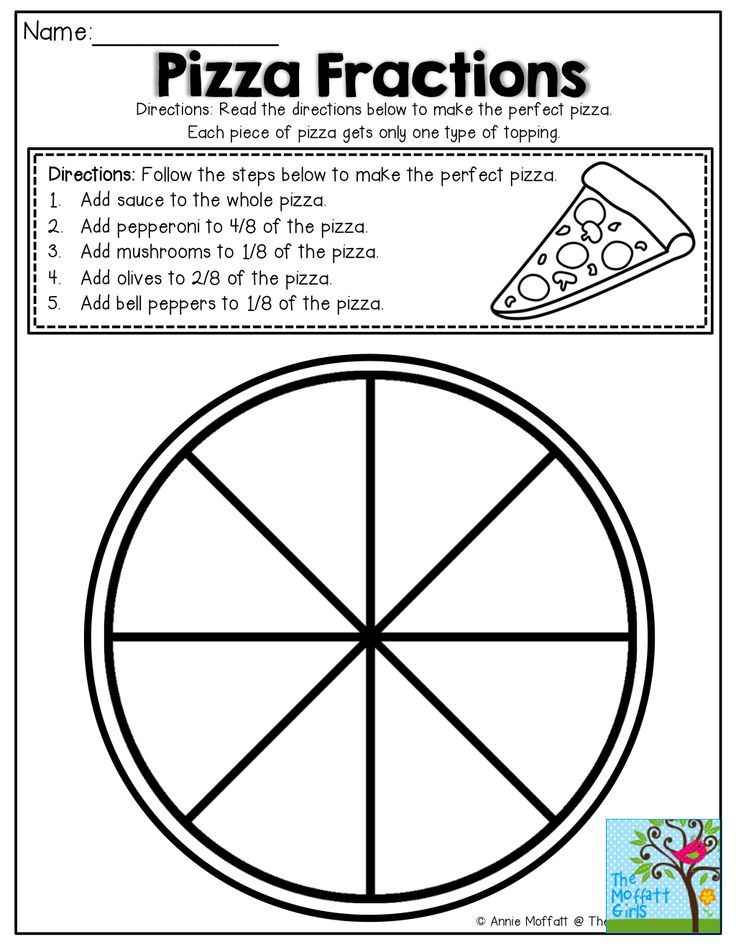
6. Look at the picture and indicate two correct statements.
1) V.P. Chkalov.
2) The leader of the USSR depicted on the poster was the chairman of the Central Executive Committee of the USSR.
3) The route of the flight to which the poster is dedicated passed through the North Pole.
4) The flight to which the poster is dedicated took place during the New Economic Policy (NEP) in the USSR.
5) The end point of the flight to which the poster is dedicated was one of the cities in Canada.
7. Establish a correspondence between fragments of historical sources and their brief characteristics: for each fragment indicated by a letter, select two corresponding characteristics indicated by numbers.
FRAGMENTS OF SOURCES
A) ... The allied creditor states represented in Genoa cannot assume any obligations regarding the claims made by the Soviet government.
.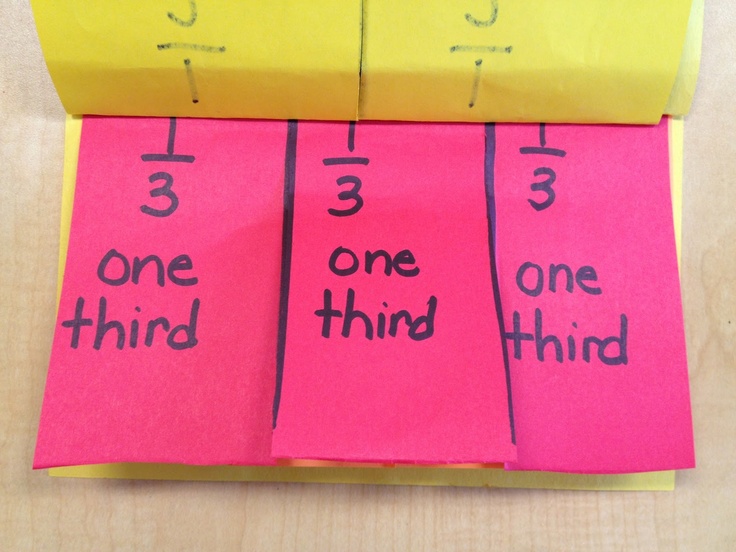 .. In view, however, of Russia's difficult economic situation, the creditor states are inclined to reduce Russia's war debt in relation to them in percentage terms, the size of which must be determined subsequently. The nations represented in Genoa are inclined to take into consideration not only the question of deferring the payment of current interest, but also of deferring the payment of a part of the interest that has expired or is in arrears.
.. In view, however, of Russia's difficult economic situation, the creditor states are inclined to reduce Russia's war debt in relation to them in percentage terms, the size of which must be determined subsequently. The nations represented in Genoa are inclined to take into consideration not only the question of deferring the payment of current interest, but also of deferring the payment of a part of the interest that has expired or is in arrears.
...Nevertheless, it must finally be established that no exceptions can be made to the Soviet government regarding:
a) debts and financial obligations assumed in respect of citizens of other nationalities;
b) regarding the rights of these citizens to the restoration of their property rights or to compensation for damages and losses incurred.
B) The Government of the USSR and the Government of Germany, guided by the desire to strengthen the cause of peace between the USSR and Germany and proceeding from the main provisions of the treaty of neutrality .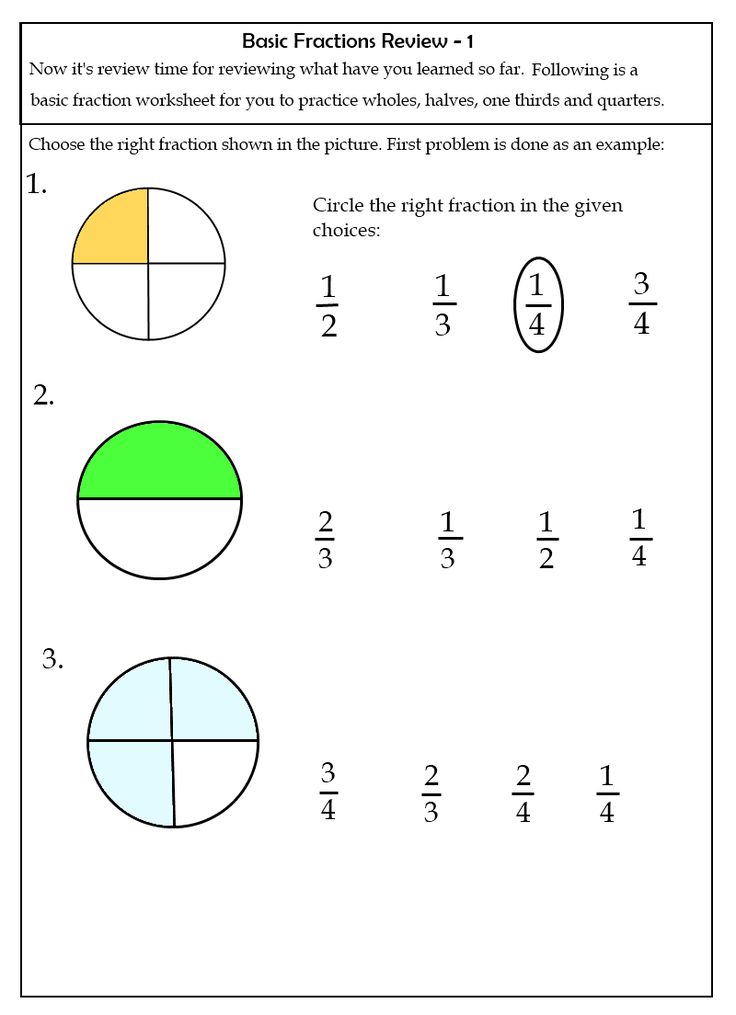 .. came to the following agreement:
.. came to the following agreement:
... Both Contracting Parties undertake to refrain from any violence, from any aggressive action and any attack against each other, either separately or jointly with other powers.
...If one of the Contracting Parties becomes the object of hostilities by a third power, the other Contracting Party will not support that power in any form.
... The Governments of both Contracting Parties will remain in future contact with each other for consultation in order to inform each other of matters affecting their common interests.
CHARACTERISTICS
1) This contract was signed in the first half of the 1930s.
2) On behalf of the Soviet government, this document was signed by L.D. Trotsky.
3) A secret protocol was attached to this document.
4) This agreement was signed in the first half of the 1920s.
5) According to the text of the passage, the Soviet government failed to achieve a favorable result for itself.
6) This contract was signed in the second half of 1930s
Write down the numbers corresponding to the selected answers.
Look at the map and complete tasks 8-11.
8. Select three correct statements that relate to the events indicated on the map.
1) The Khorezm and Bukhara People's Socialist Republics marked on the map in 1924 were proclaimed union republics within the USSR.
2) One of the Constitutions of the state, the borders of which are indicated in the legend of the map by the number 3, was adopted in 1936
3) During the period to which the map refers, Tashkent was part of the USSR.
4) The state, whose borders are indicated in the legend of the map by the number 3, was inferior in area to the Russian Empire before the start of the First World War.
5) During the period of events indicated on the map, a policy of complete collectivization of agriculture was pursued.
6) The map shows the Far Eastern Republic (FER).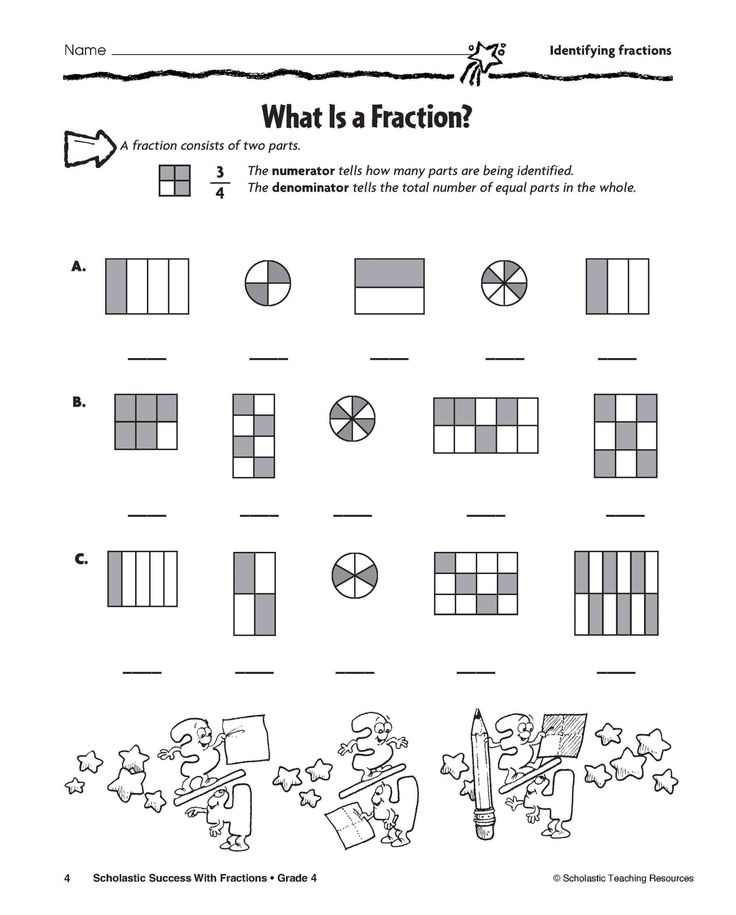
9. Indicate the year when the state was formed, the borders of which are indicated in the legend of the map by the number 3.
Answer:
10. What was the name of the city marked with number 2 on the map since 1924?
Answer:
11. Fill in the gap in the sentence: "Number 1 in the map legend indicates the territory of ____ SSR."
12. Write down the term in question.
An agreement concluded by the state with a private entrepreneur, a foreign firm for the operation of industrial enterprises, land, development and processing of minerals, as well as an enterprise organized on the basis of such an agreement.
Answer:
13. Read the excerpt from the Congress Resolution and fill in the missing word.
To ensure the correct and calm management of the economy on the basis of a freer disposal of the farmer of his economic resources, to strengthen the peasant economy and raise its productivity, and also in order to accurately determine the state obligations falling on the farmers ____, as a way of state procurement of food, raw materials and fodder, is replaced by a tax in kind.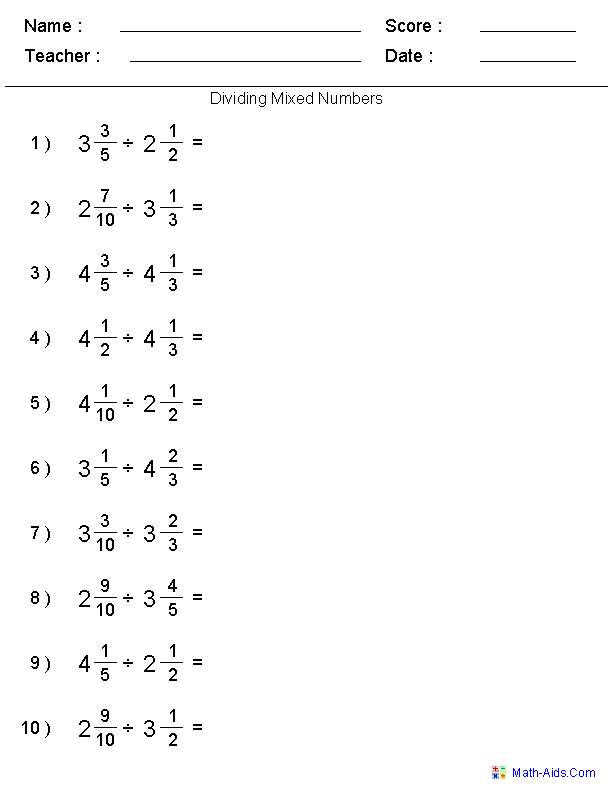 ..
..
The tax is levied as a percentage or share of the products produced on the farm, based on the account of the crop, the number of eaters on the farm and the actual presence of livestock in it.
Answer:
OPTION 2
1. Arrange the events in chronological order.
1) the murder of S.M. Kirov
2) creation of the Communist International (Comintern)
3) adoption of the Dawes Plan
Write down the resulting sequence of letters.
2. Match events and years.
EVENTS
A) hostilities between the Red Army and Japanese troops near Lake Khasan
B) the adoption of the first Constitution of the USSR Antonova
D) opening of the first metro line in Moscow
YEARS
1) 1920
2) 1922
3) 1924
4) 1928
5) 1935
6) 1938
Write down the numbers corresponding to the selected answers.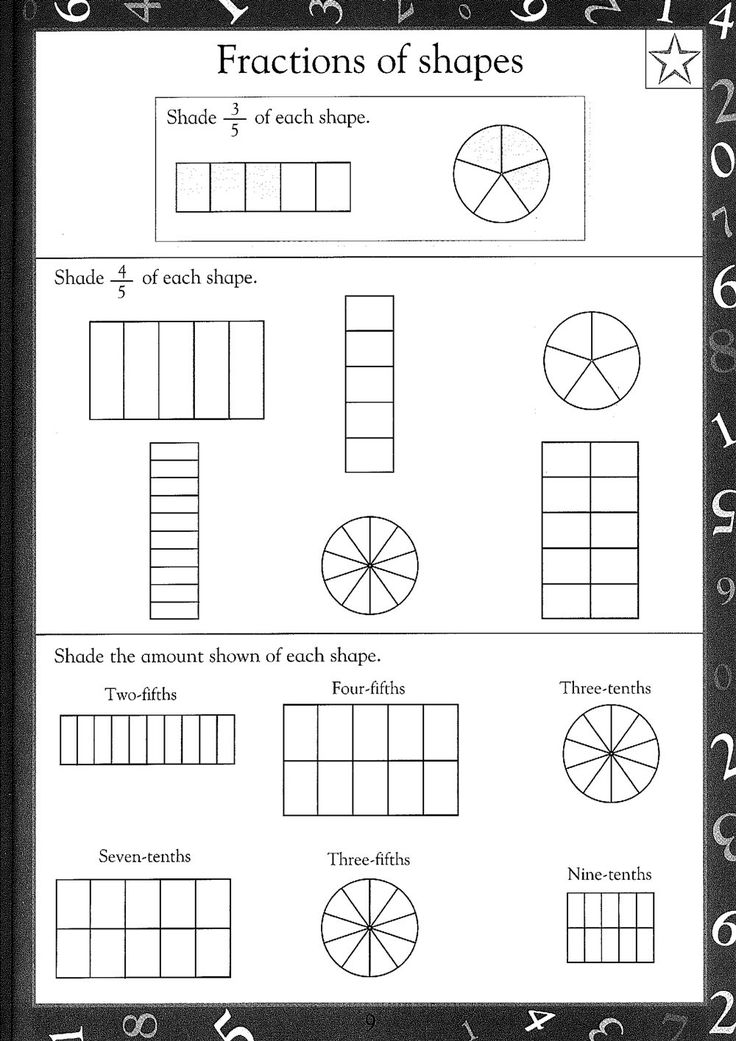
3. Establish a correspondence between events (processes, phenomena) and participants in these events (processes, phenomena).
EVENTS (PROCESSES, PHENOMENA)
A) management of the financial reform
B) management of the Soviet delegation at the Genoa Conference
B) participation in the "united opposition"
D) activity as chairman of the Council of People's Commissars of the USSR until 1930
PARTICIPANTS
1) G.Ya. Sokolnikov
2) G.V. Chicherin
3) A.I. Rykov
4) M.N. Ryutin
5) L.D. Trotsky
6) F.E. Dzerzhinsky
Write down the numbers corresponding to the selected answers.
4. Read the excerpt from the resolution of the congress and choose three true judgments.
...The Congress draws the attention of all members of the Party to the fact that the unity and cohesion of its ranks, ensuring complete trust among the members of the Party and really friendly work, really embodying the unity of the will of the vanguard of the proletariat, is especially necessary at the present moment, when a number of circumstances strengthen fluctuations among the petty-bourgeois population of the country.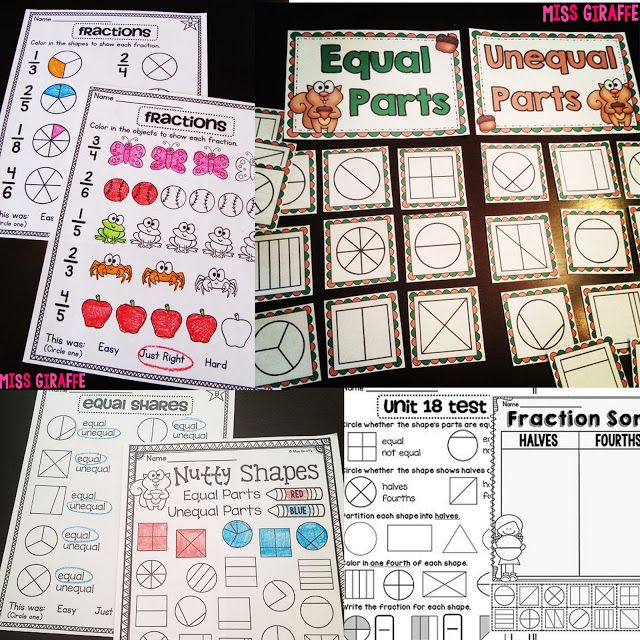
... The use by the enemies of the proletariat of all deviations from the strictly observed communist line most clearly showed itself in the example of the Kronstadt rebellion, when the bourgeois counter-revolution and the White Guards in all countries of the world immediately revealed their readiness to accept the slogans even of the Soviet system, if only to overthrow the dictatorship of the proletariat in Russia...
... Propaganda on this issue should consist, on the one hand, in a detailed explanation of the harm and danger of factionalism from the point of view of the unity of the party and the implementation of the unity of the will of the vanguard of the proletariat as the main condition for the success of the dictatorship of the proletariat, on the other hand, in explaining the uniqueness of the latest tactical methods of the enemies of Soviet power...
...The Congress orders the immediate dissolution of all groups formed on one platform or another, without exception, and instructs all organizations to strictly monitor the prevention of any factional actions.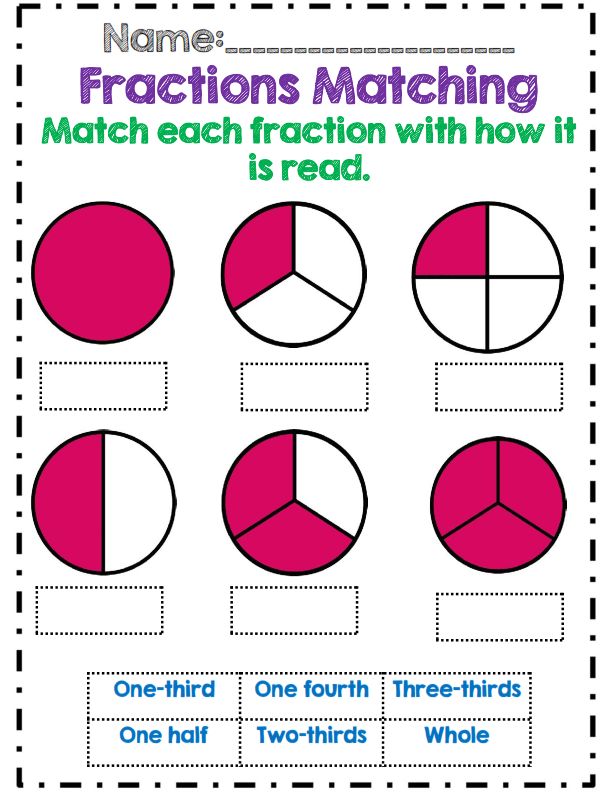 Failure to comply with this decision of the congress should lead to unconditional and immediate expulsion from the party.
Failure to comply with this decision of the congress should lead to unconditional and immediate expulsion from the party.
1) During the period when the described events took place, N.I. was a member of the party mentioned in the text. Bukharin.
2) This resolution was adopted in 1921.
3) The authors of the resolution advocate the overthrow of the dictatorship of the proletariat.
4) The party referred to in the passage is the Menshevik Party.
5) The organizers of the rebellion mentioned in the passage did not oppose Soviet power.
6) According to this resolution factional activity is allowed in the party.
5. Establish a correspondence between the figures of science and culture and the facts of their biographies.
WORKERS OF SCIENCE AND CULTURE
A) A.F. Ioffe
B) M.A. Bulgakov
B) I.M. Gubkin
D) N.V. Ekk
FACTS OF BIOGRAPHY
1) film director, directed the first domestic sound film "A ticket to life"
2) doctor, one of the organizers of the healthcare system in the USSR
3) writer, author of the novel "The Master and Margarita"
4) geologist, founder of Soviet petroleum geology
5) physicist, academician, studied the physics of crystals and semiconductors
6) aircraft designer
Write down the numbers corresponding to the selected answers.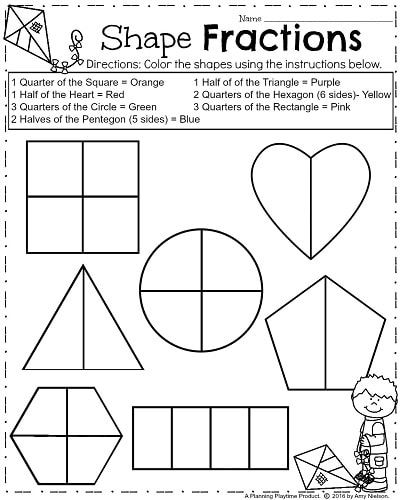
6. Look at the picture and choose two correct statements.
1) This stamp was issued in 1984.
2) The stamp depicts the State Emblem of the USSR.
3) The image on the stamp symbolizes the results of the processes that took place in the USSR in 1920-1930s
4) A contemporary of the event, the anniversary of which the stamp is dedicated, was L.D. Trotsky.
5) According to the form of government, the state whose name is indicated on the stamp was unitary.
7. Establish a correspondence between fragments of historical sources and their brief characteristics: for each fragment indicated by a letter, select two corresponding characteristics indicated by numbers.
Fragments of sources
A) ... To ensure the correct and calm management of the economy on the basis of a freer disposal of the farmer of his economic resources, to strengthen the peasant economy and raise its productivity, as well as in order to accurately determine the state obligations that fall on the farmers, allocation as a method of state procurement food, raw materials and fodder is replaced by a tax in kind.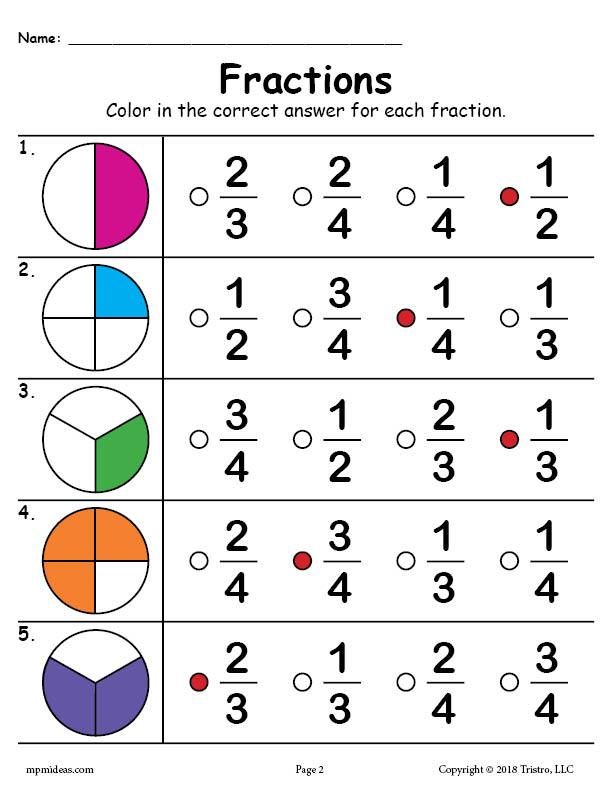
This tax must be less than that which has hitherto been imposed by the unfolding of taxation. The amount of the tax must be calculated so as to cover the minimum necessary needs of the army, urban workers and non-agricultural population ...
The tax is levied as a percentage or share of the products produced on the farm, based on the account of the crop, the number of eaters on the farm and the actual presence of livestock in it.
B) Proceeding from the policy of liquidating the kulaks as a class and, in connection with this, from the need to carry out in the most organized way the process of liquidating kulak farms that began in areas of complete collectivization and resolutely suppress the attempts of counter-revolutionary opposition of the kulaks to the collective-farm movement of the peasant masses and recognizing the urgency of these measures in connection with approaching agricultural campaign, the Central Committee decides:
In the areas of complete collectivization, to carry out immediately, and in the remaining areas, as collectivization really develops on a massive scale, the following measures: . Exceptions to this rule in relation to middle-peasant farms must be regulated by district executive committees under the direction and control of the district executive committee.
Exceptions to this rule in relation to middle-peasant farms must be regulated by district executive committees under the direction and control of the district executive committee.
... To confiscate from the kulaks of these areas the means of production, livestock, household and residential buildings, processing enterprises, fodder and seed stocks ...
CHARACTERISTICS
1) This document was published during the period of industrialization in the USSR .
2) This document was published in the early 1920s.
3) One of the reasons for issuing this document was the abolition of the rationing system for food distribution.
4) The publication of this document contributed to the increase in the material interest of peasants in the production of agricultural products.
5) This document was published in the mid-1920s.
6) This document was published at the turn of the 1920-1930s.
Write down the numbers corresponding to the selected answers.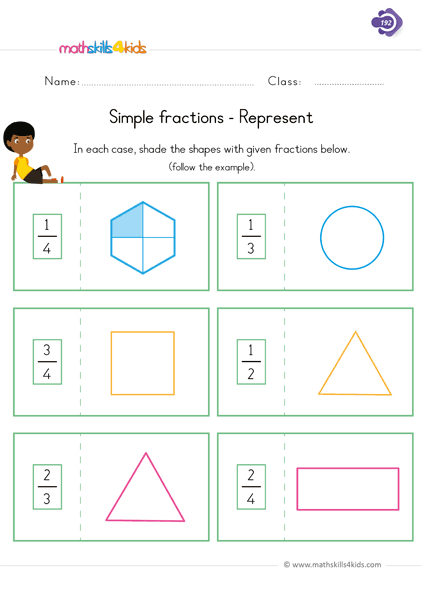
8. Select three correct statements that relate to the events indicated on the map.
1) During the period to which the map refers, the capital of the USSR was located in the city indicated by the number 1.
2) Chelyabinsk is indicated by the number 4 on the map.
3) During the period to which the map refers, oil was produced in the Ukhta region.
4) There were ore mining enterprises in the Arkhangelsk region.
5) Metallurgical enterprises were built in the Stalingrad region.
6) During the period to which the map refers, a railroad was built to Vorkuta.
9. Fill in the gap in the sentence (indicate the decade): “The borders of the USSR indicated on the map were formed at the beginning of nineteen hundred ____.
10. Indicate the name of the state indicated on the map by the number 2.
Answer:
11. Indicate the name of the power plant indicated by the number 3 on the map. which is being discussed.
which is being discussed.
Members of the mass propaganda movement of innovators and leaders in production in the USSR for increasing labor productivity and better use of technology. The name was received on behalf of a miner from the Donbass, who began at 1935 struggle for high rates of socialist labor.
Answer:
13. Read the extract from the letter of the People's Commissar for Foreign Affairs of the USSR and write down his last name.
Mr. Chairman,
The Soviet Government has received a telegram signed by a significant number of members of the League of Nations ... in which they, emphasizing both that the task of the League of Nations is to organize peace, and that this requires general cooperation in the specified cause of all peoples, they invite the USSR to join the League of Nations and bring their cooperation to it. At the same time, the governments of Denmark, Finland, Norway, and Sweden were officially notified to the Soviet Government of their favorable attitude towards the entry of the USSR into the League.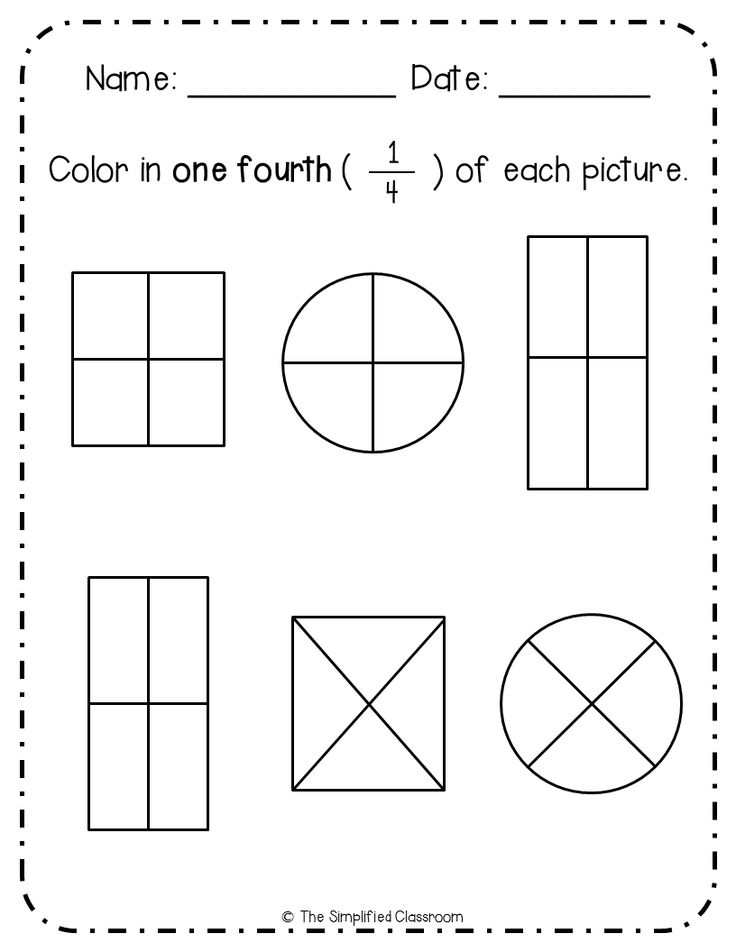
The Soviet Government... is ready to accept the invitation to become a member of the League of Nations.
Answer:
CHECK No. 2
OPTION 1
Let me say a few words about NEP. I remember the time when, after devastation and famine, cities suddenly came to life, foodstuffs appeared, prices began to fall...
On the subject of NEP, I remember there were frequent disputes among leading Party cadres both in the volost and in the uyezd. We were often summoned to the county and, as they said then (and they still say now), to pump us up for the fact that we sell little bread through cooperation, we sell little meat and other foodstuffs. As secretary of the district committee, I went to the market almost every day and looked closely. Then the slogans were "Learn to trade!" and "Who wins?". We had to defeat the merchants through cooperation and take trade into our own, state hands, but not through administrative measures, but through better cooperative trade.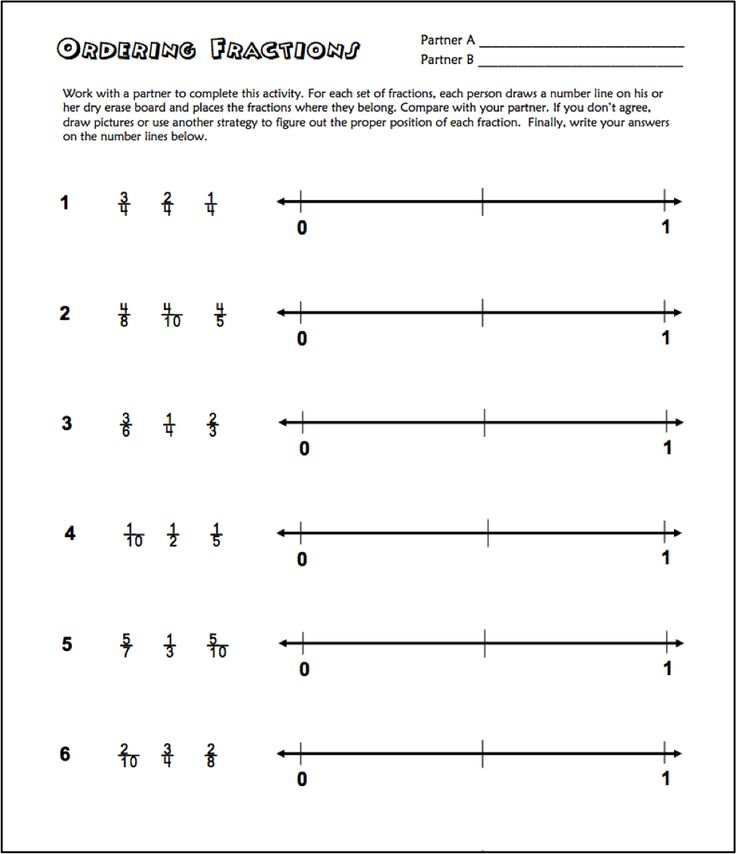 We wanted to sell cheaper, serve better, have a better product. Here are the levers we had to master.
We wanted to sell cheaper, serve better, have a better product. Here are the levers we had to master.
I used to go through the bazaar, look - our cooperative stalls are trading, and a private trader is sitting next to me. It was always painful for me to look, because there were more crowds of people at private shops, and after all, these were workers and employees, there were no others at the mine. Why did it happen? Our meat was no better. The private trader took at the expense of ... a more attentive attitude ... The hostess wants to choose, wants to dig a little, look at this and that, feel with his hands, so the merchant courted her. In addition, the private trader already had his regular customers, whom he gave on credit, and this was of great importance. The cooperatives didn't. I used to go around the market and immediately direct my steps to the cooperative, to the main store, and there I met with my friend Vanya Kosvinsky. He was the chairman of the workers' cooperative .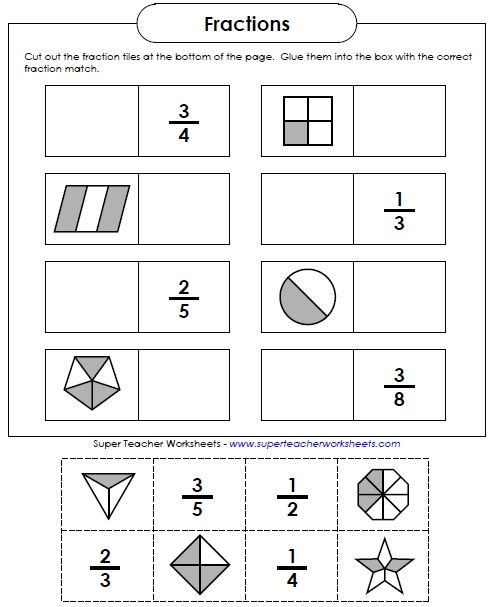 .. Well, I remember, as soon as I open the door, he immediately: “Well, are you going to scold again?” - "Yes, I'm going to scold." “I myself have already walked, I have looked. What can I do? We do everything that seems to be necessary, but still, private traders are more attracted to the buyer.
.. Well, I remember, as soon as I open the door, he immediately: “Well, are you going to scold again?” - "Yes, I'm going to scold." “I myself have already walked, I have looked. What can I do? We do everything that seems to be necessary, but still, private traders are more attracted to the buyer.
Indicate the year when the Bolsheviks began to implement the economic policy referred to in the passage. Specify the name of the policy that preceded the one in question. Name the Chairman of the Council of People's Commissars during the period of transition to economic policy, which is discussed in this passage.
Who, according to the author, was a competitor for cooperative trade? Why, in his opinion, did cooperative trade lose this competition? Give two reasons.
State any one reason for the transition to economic policy referred to in the passage. What were the reasons for abandoning this policy? Give any two reasons.
2. Various, often contradictory points of view are expressed on questions of history. Below is one of the controversial points of view. Using historical knowledge, give two arguments that can support this point of view, and two arguments that can refute it. When presenting arguments, be sure to use historical facts.
Below is one of the controversial points of view. Using historical knowledge, give two arguments that can support this point of view, and two arguments that can refute it. When presenting arguments, be sure to use historical facts.
Foreign policy of the USSR in the 1920-1930s. was aimed at establishing and maintaining peaceful mutually beneficial relations with Western countries.
Arguments in support:
Arguments in refutation:
3. Compare the "small Civil War" and the Kronstadt uprising, highlighting two common features and two differences. Formulate lines (criteria) of comparison on your own. Give two common characteristics and two differences. Fill in the tables.
General
| Comparison lines (criteria) | "Small Civil War" and Kronstadt uprising |
Differences
| Comparison lines (criteria) | "Small Civil War" | Kronstadt uprising |
OPTION 2
1.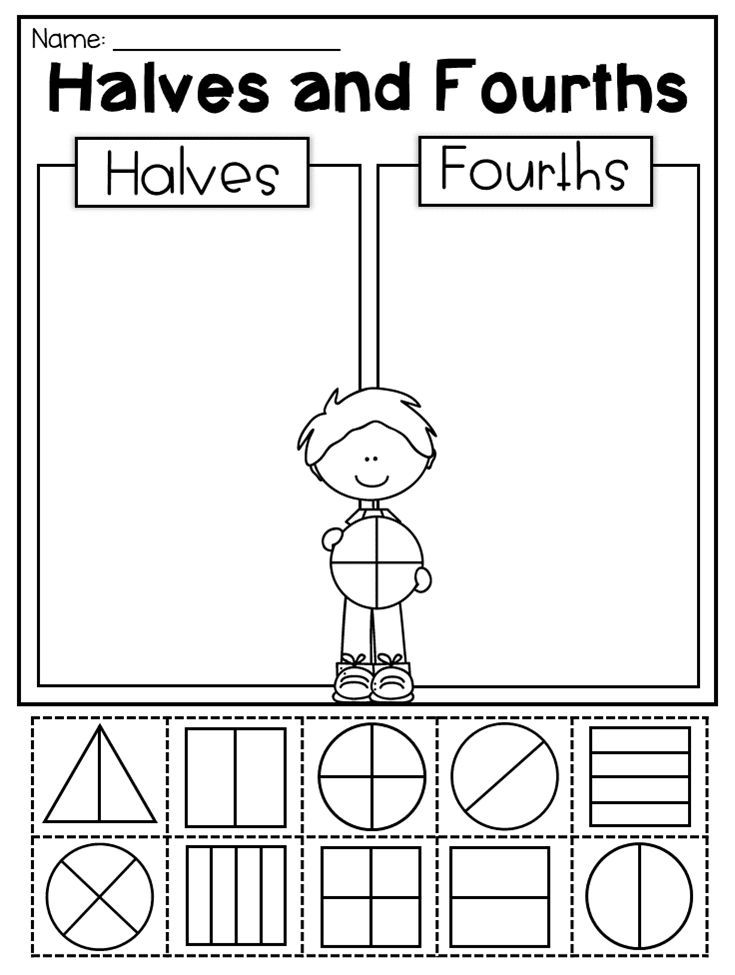 Read the extract from the peasant's letter and complete the tasks.
Read the extract from the peasant's letter and complete the tasks.
Analyzing the law of the Constitution, Article 9 involuntarily catches the eye, where the city dweller is given more advantages than the peasantry; it says that the workers have one representative at the congress for 25,000 inhabitants, and the peasantry from 125,000 inhabitants, also one; As a peasant, this seems very strange to me, and I think that there are sons and stepchildren here. I know that they will answer me... The worker made the revolution, the worker bore the whole burden of the revolution on his shoulders. For this, he was given an advantage in representation ... But I think that, insofar as the worker raised the banner of the revolution, insofar as the peasantry completed it. After all, the peasant also gave everything on the altar of the revolution; gave his son, horse, bread and everything that was needed. But didn’t the partisan detachments of Siberia and Ukraine drive out Kolchak, Denikin, Wrangel and the whole pack .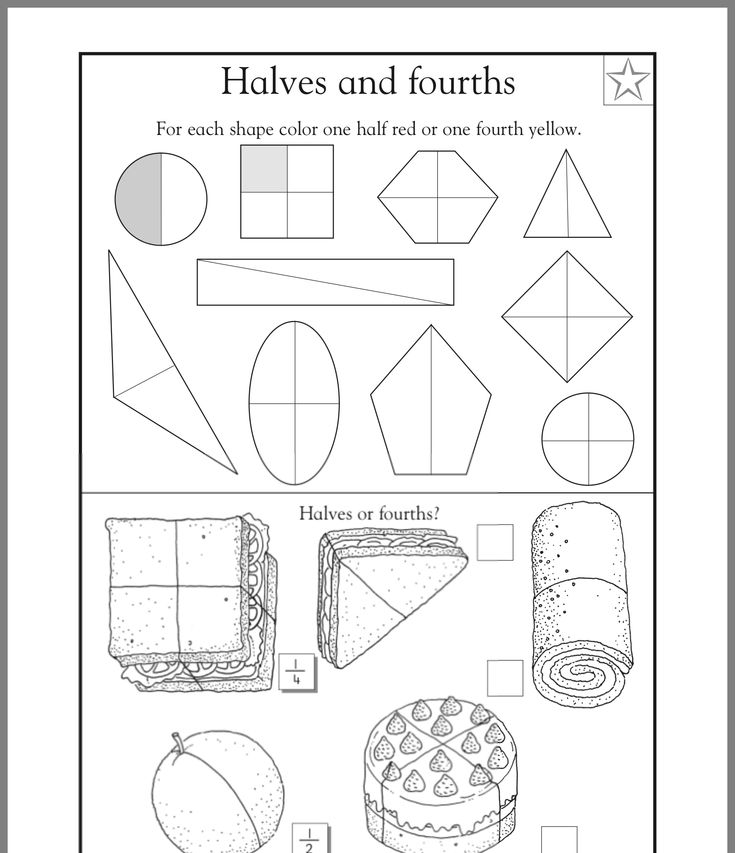 .. Yes! But what does he deserve for these merits - yes, one-fifth of the electoral rights. Where is the link between the city and the countryside, where is the slogan "face to the village". He is not here! It can be seen on the contrary: one-fifth only facing the village ... I know that they will still tell me that the peasantry has not yet outlived individual property views and, they say, are far from social views on life. The peasant, they say, has a house, a horse, a cow, and considers them his property. But after all, he needs this, as a worker needs a machine for his work, and by this the peasant raises industry, raises the well-being of the country. But if you look deeper, then after all, the worker, and indeed the resident of the city, has a penchant for property, namely: the workers have houses, a gramophone, a bicycle, and clothes. Not a single worker will agree to put on the clothes that the peasant wears ... Why, then, the stratification that is provided for 9Art. Constitution.
.. Yes! But what does he deserve for these merits - yes, one-fifth of the electoral rights. Where is the link between the city and the countryside, where is the slogan "face to the village". He is not here! It can be seen on the contrary: one-fifth only facing the village ... I know that they will still tell me that the peasantry has not yet outlived individual property views and, they say, are far from social views on life. The peasant, they say, has a house, a horse, a cow, and considers them his property. But after all, he needs this, as a worker needs a machine for his work, and by this the peasant raises industry, raises the well-being of the country. But if you look deeper, then after all, the worker, and indeed the resident of the city, has a penchant for property, namely: the workers have houses, a gramophone, a bicycle, and clothes. Not a single worker will agree to put on the clothes that the peasant wears ... Why, then, the stratification that is provided for 9Art. Constitution.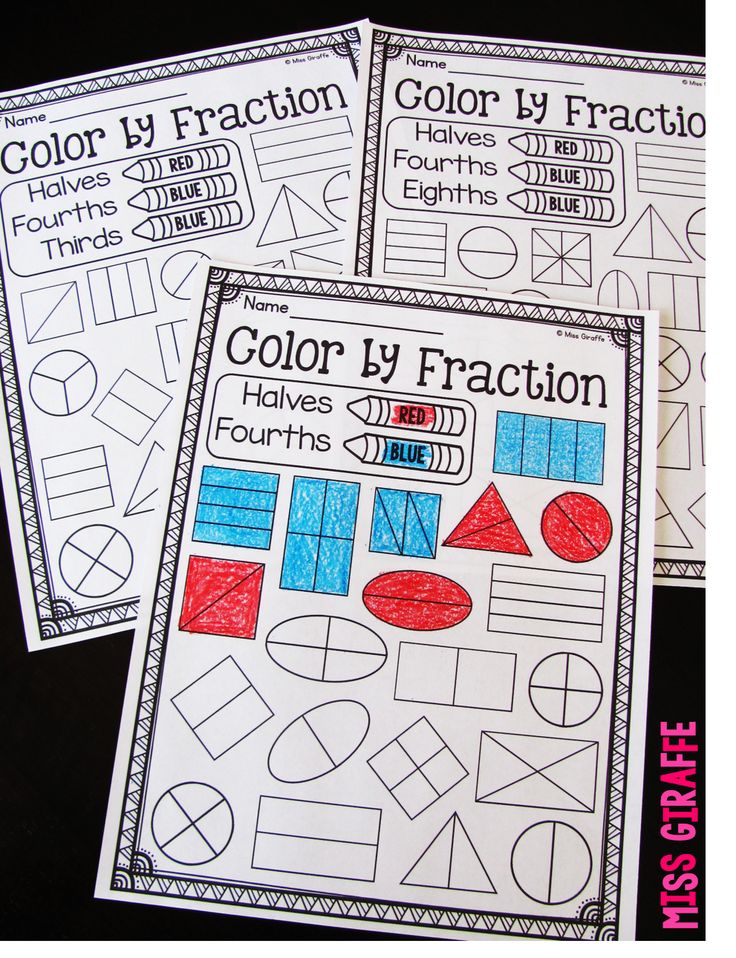 .. I ask you to reconsider this issue at the next All-Russian Congress of Soviets. It's time, because already on the threshold of the tenth anniversary of the October Revolution the peasantry is fully matured and may well stand hand in hand in socialist construction.
.. I ask you to reconsider this issue at the next All-Russian Congress of Soviets. It's time, because already on the threshold of the tenth anniversary of the October Revolution the peasantry is fully matured and may well stand hand in hand in socialist construction.
Enter the year this letter was written. Name the leader of the USSR during this period. Indicate the name of the economic policy pursued by the Soviet government in this period.
What injustice in the Constitution does the author of the letter point out? What, according to the author of the letter, are the causes of this injustice? Give two reasons.
Specify the name of the policy of the Soviet state in relation to the countryside, during the implementation of which collective farms were created. List any two goals for initiating this policy.
2. Various, often contradictory points of view are expressed on questions of history. Below is one of the controversial points of view. Using historical knowledge, give two arguments that can support this point of view, and two arguments that can refute it.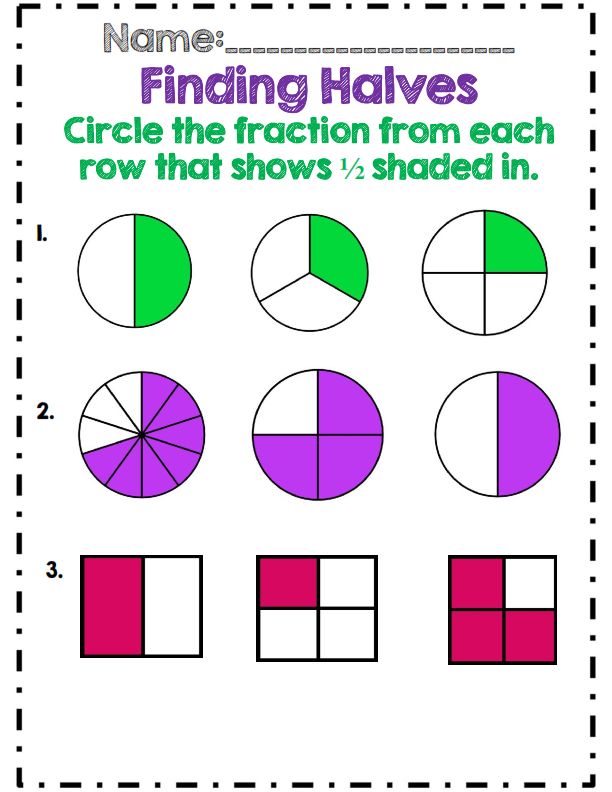
Learn more

